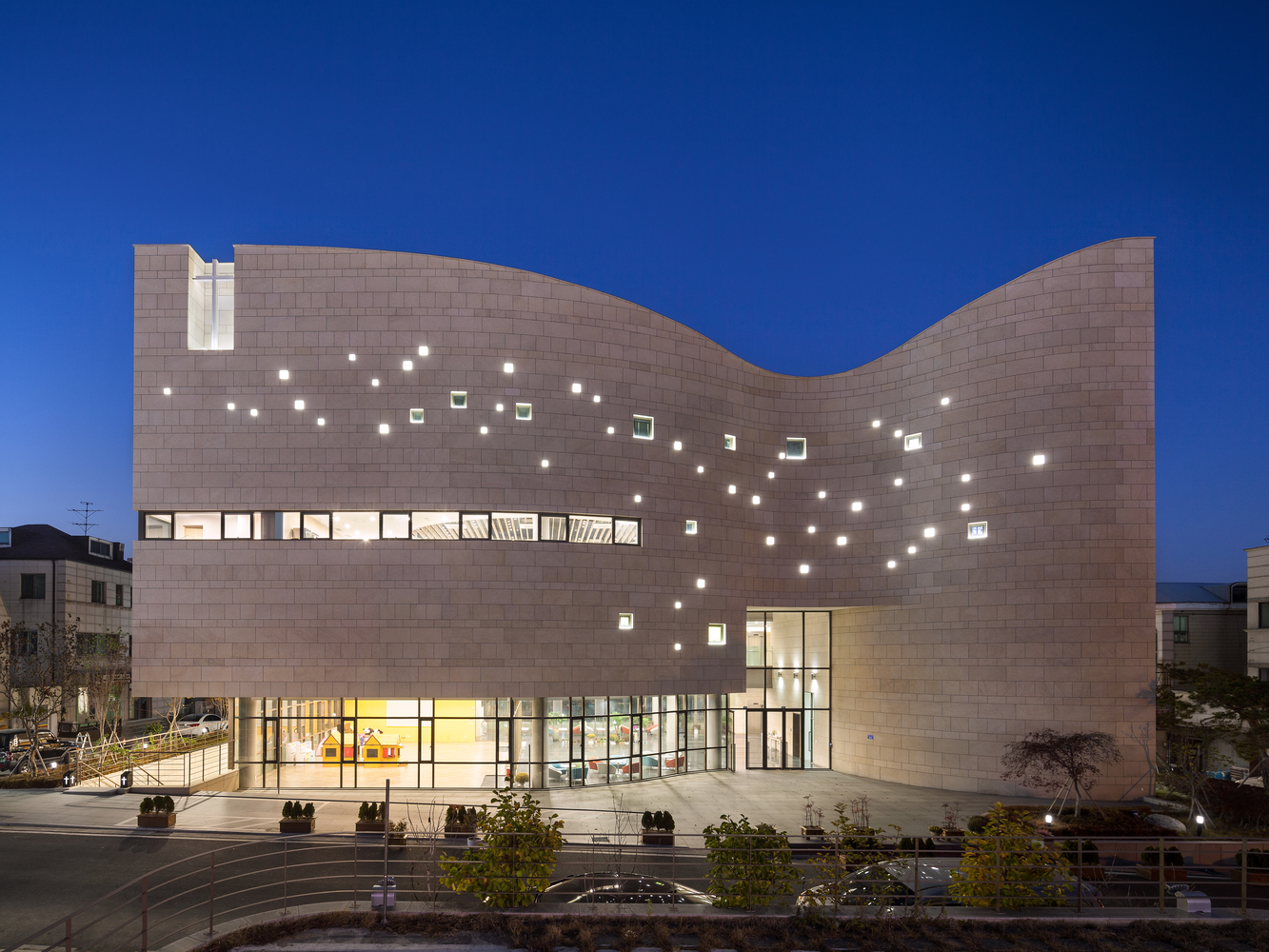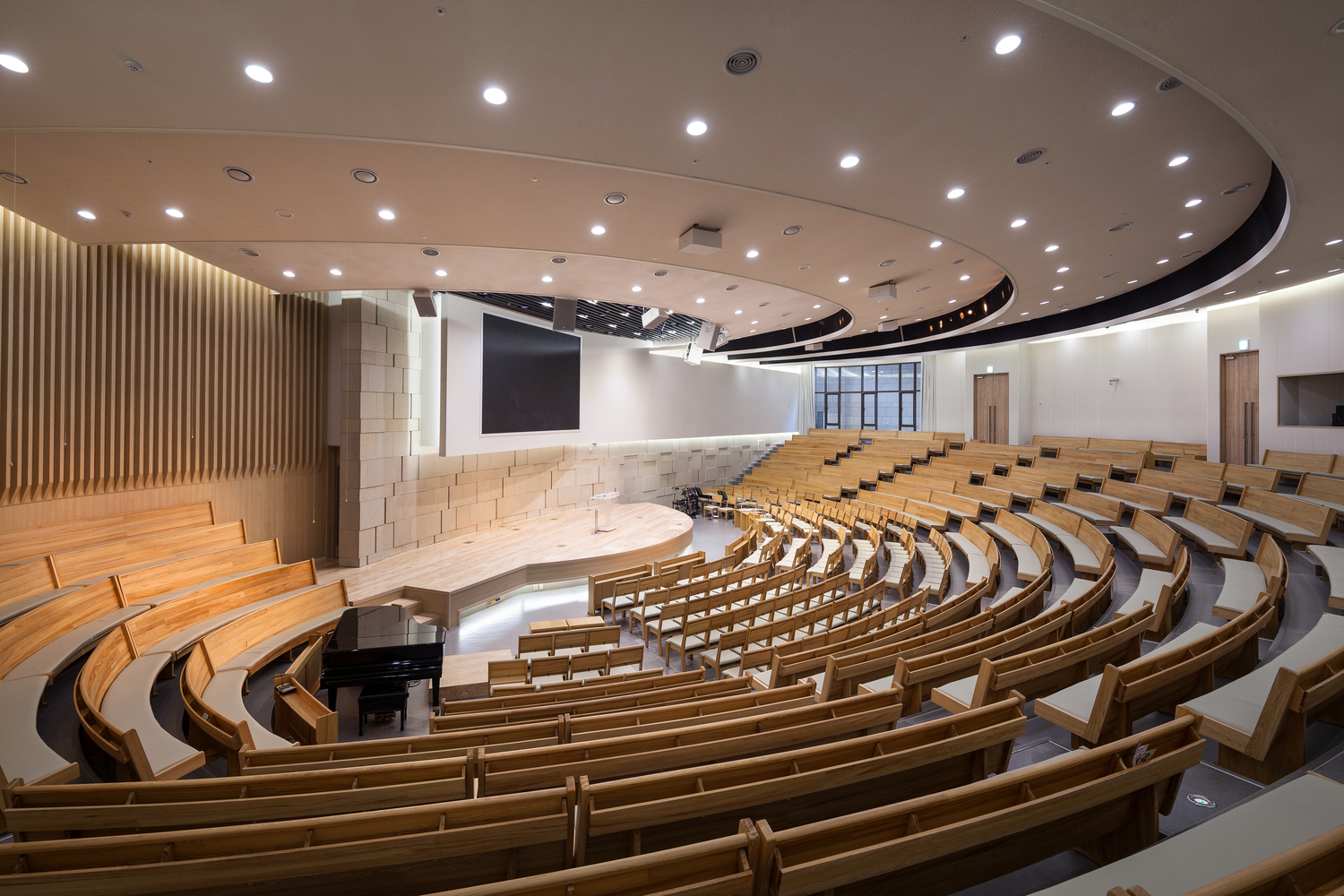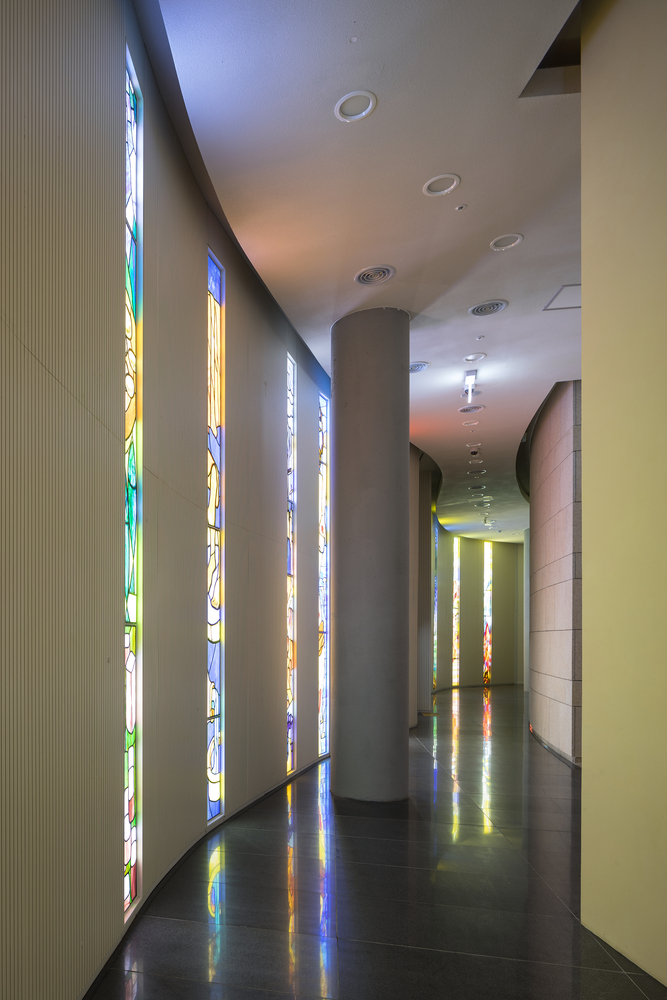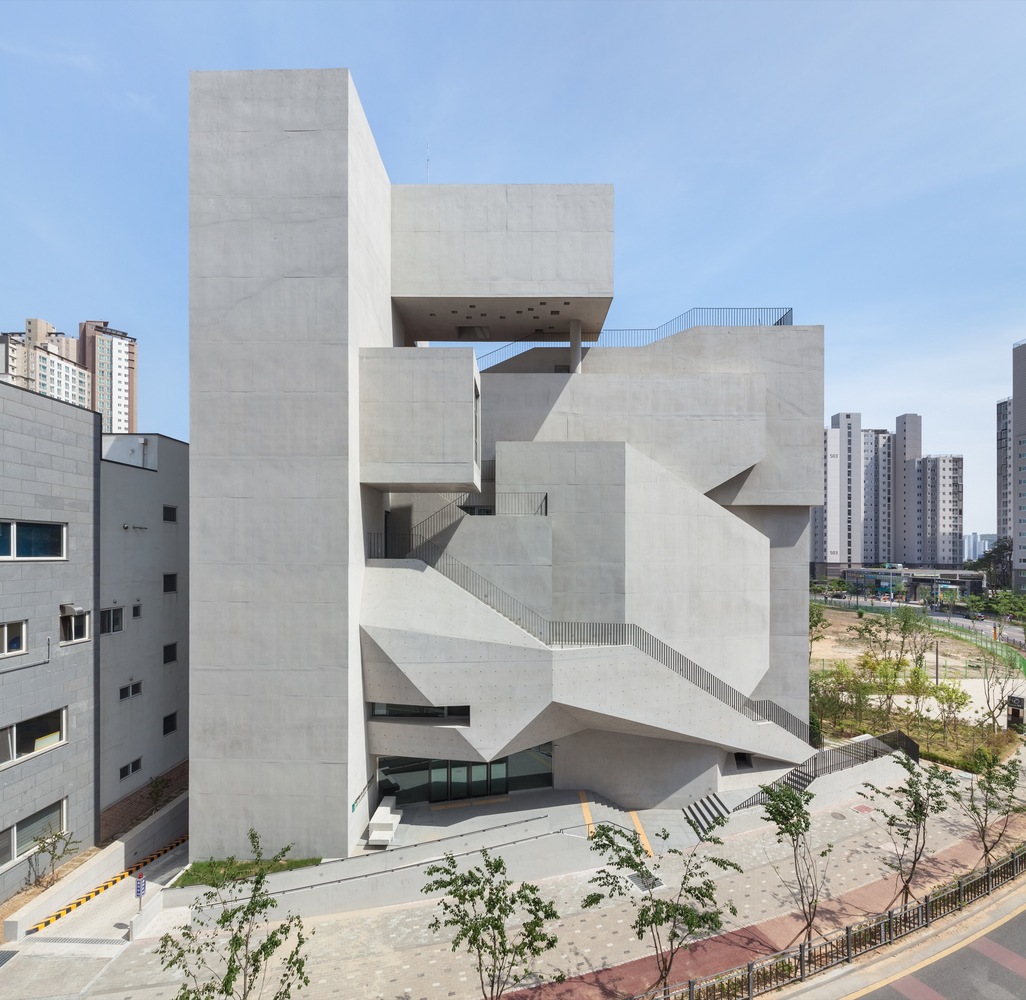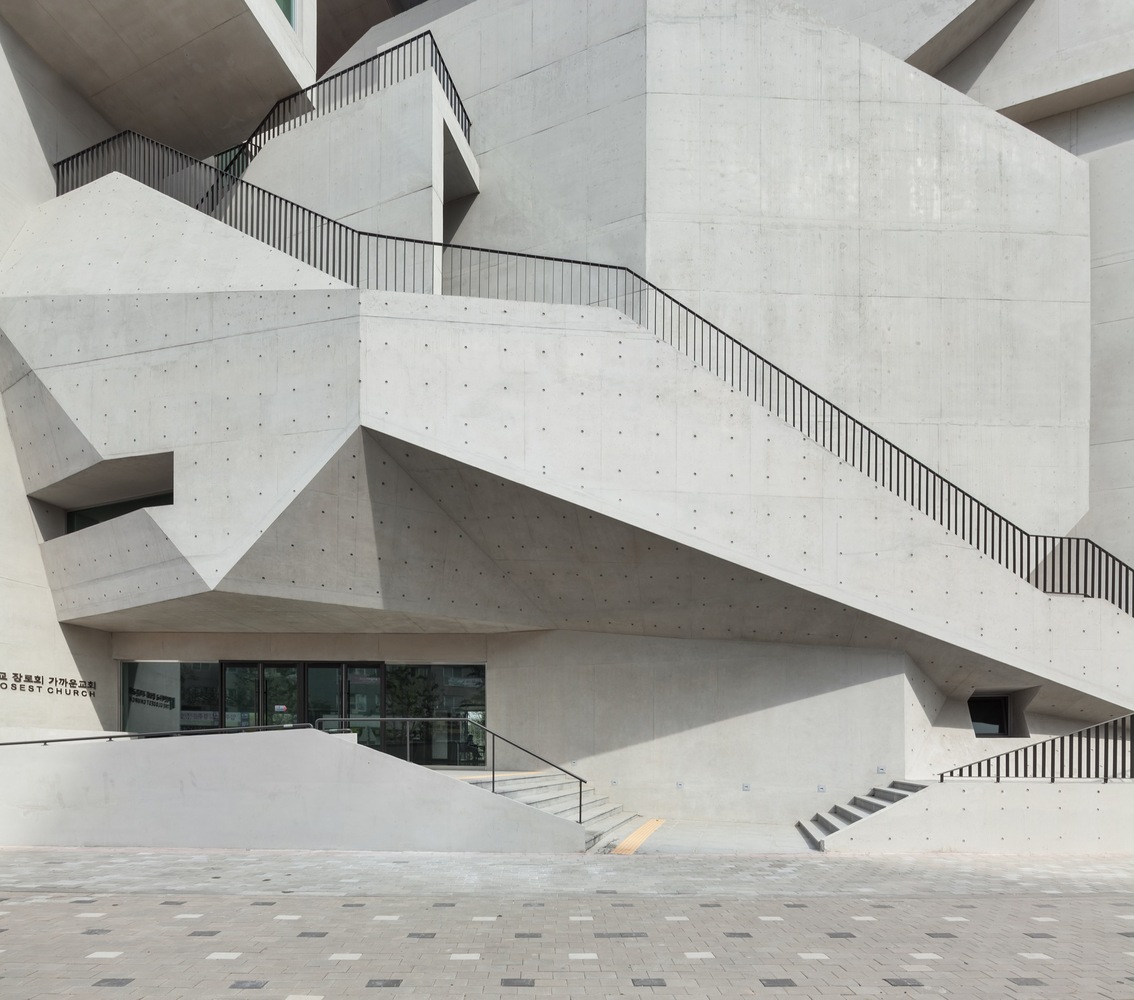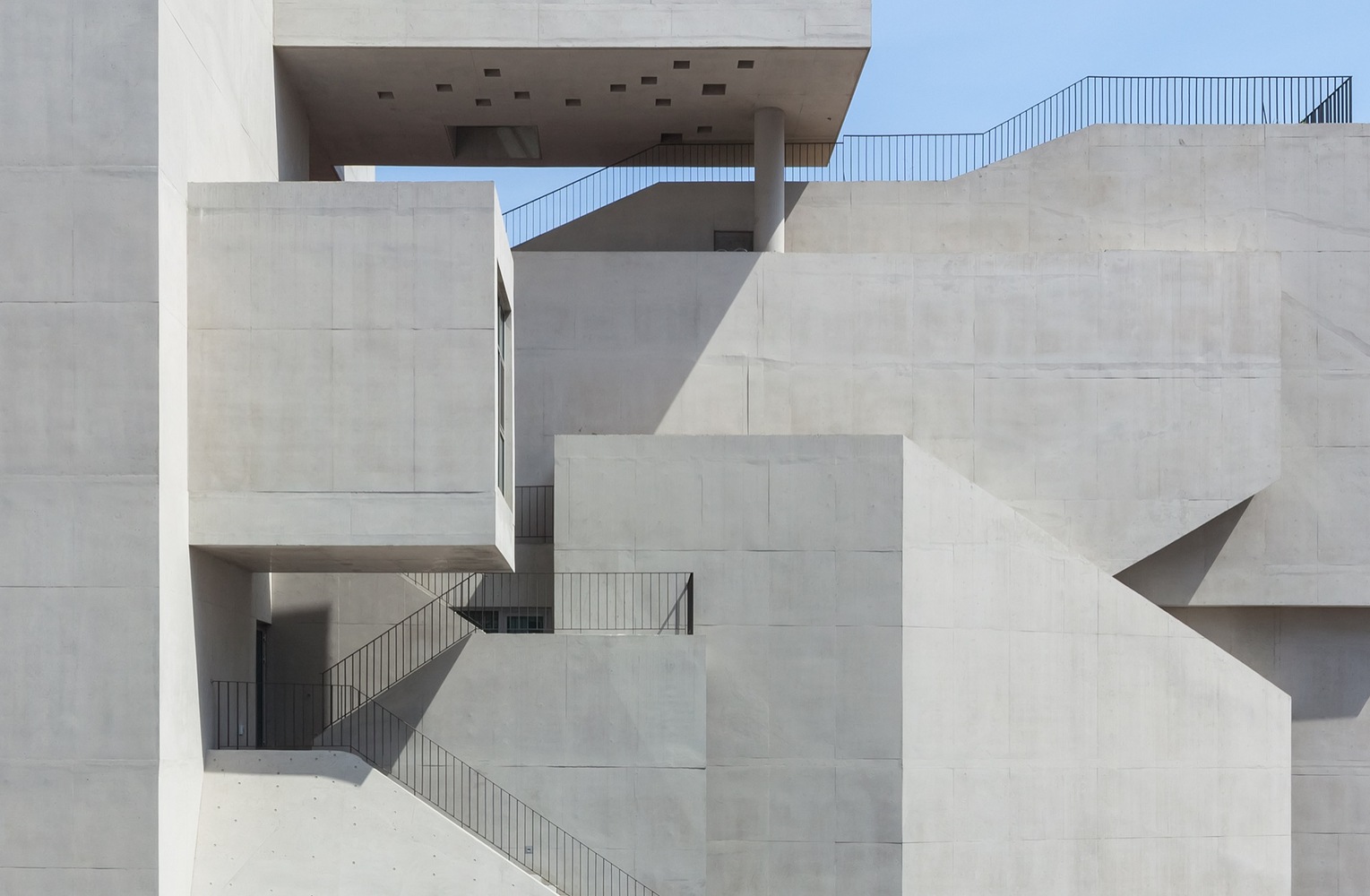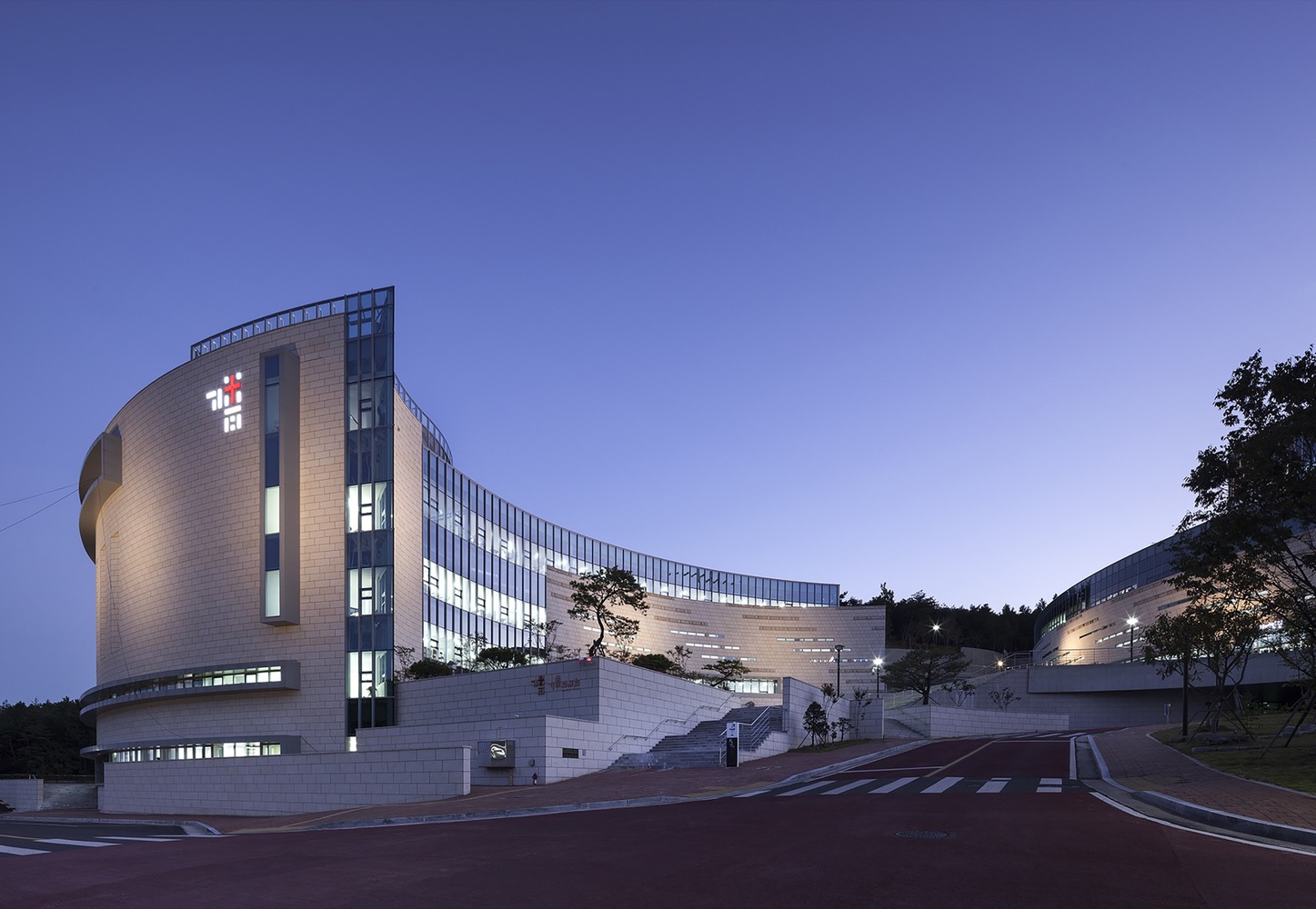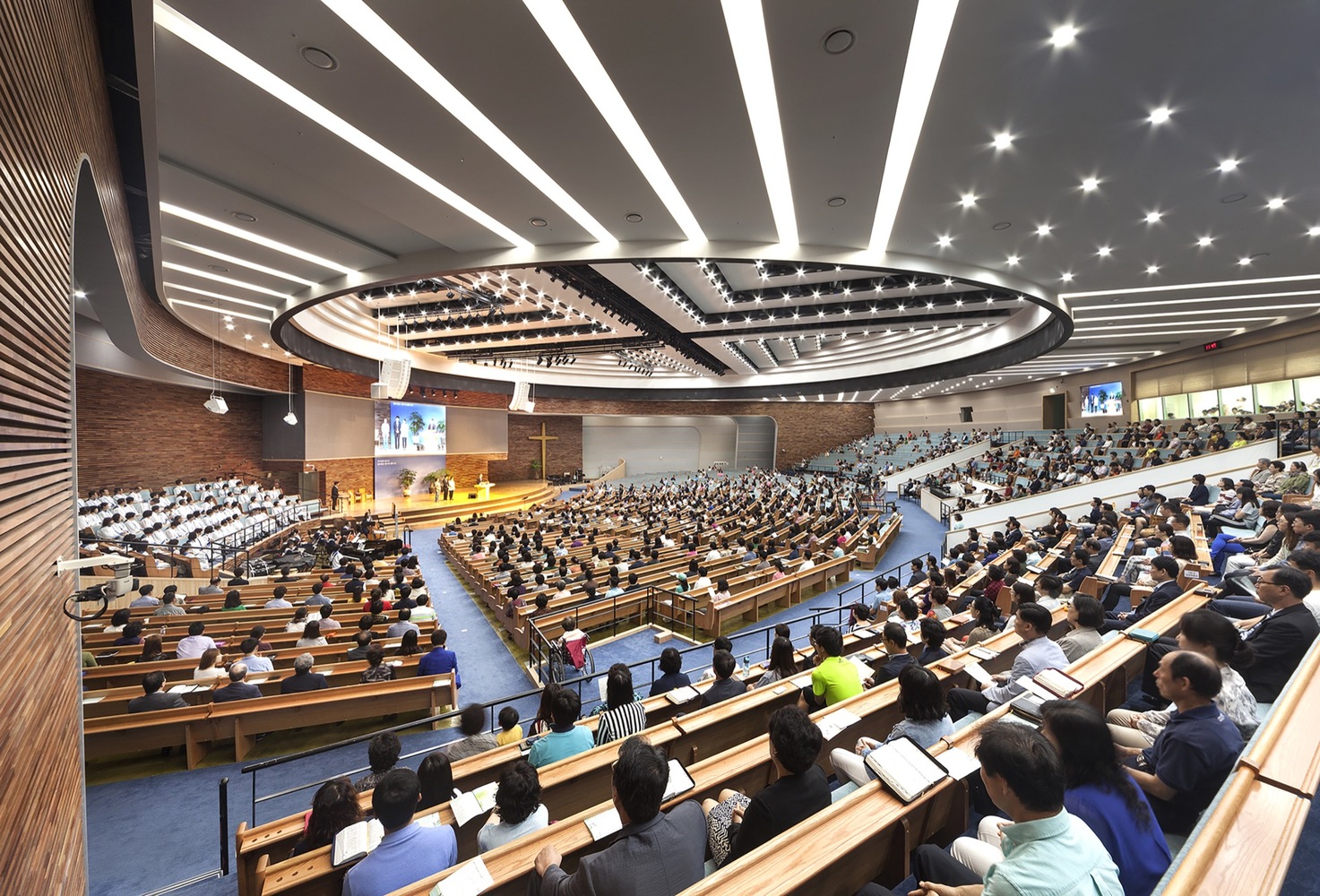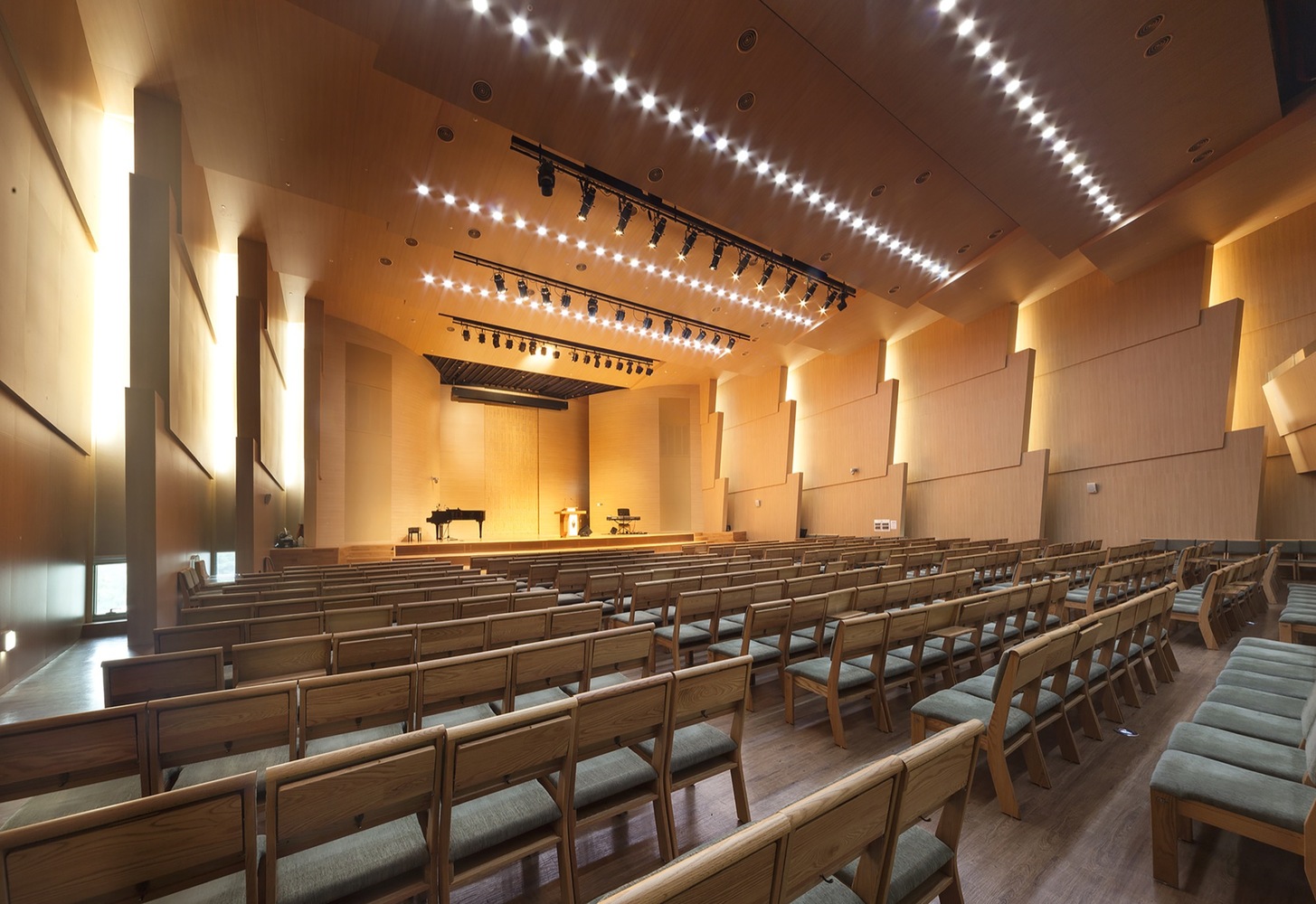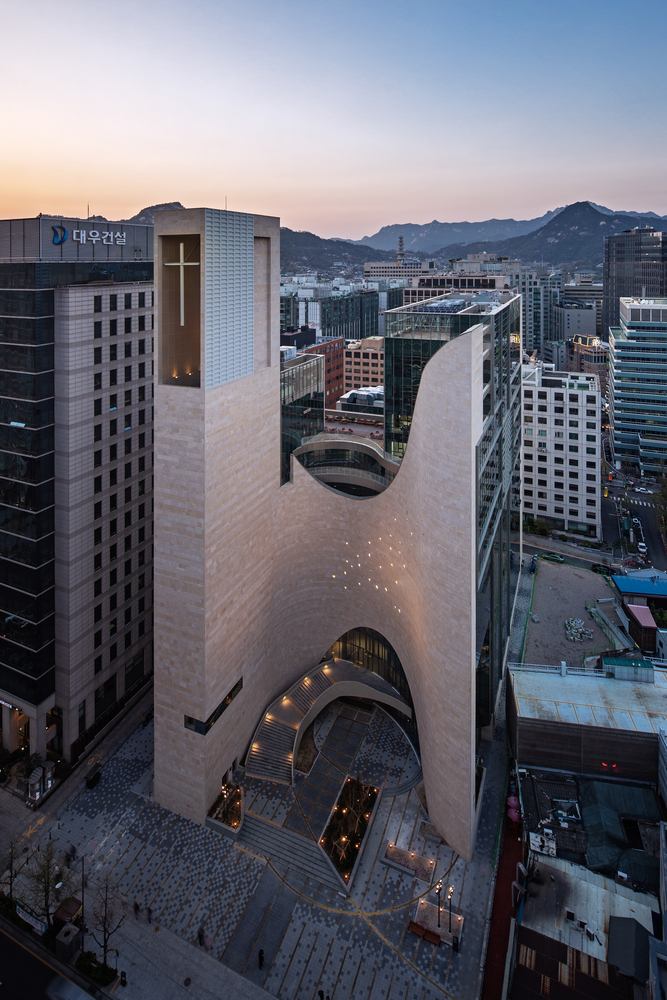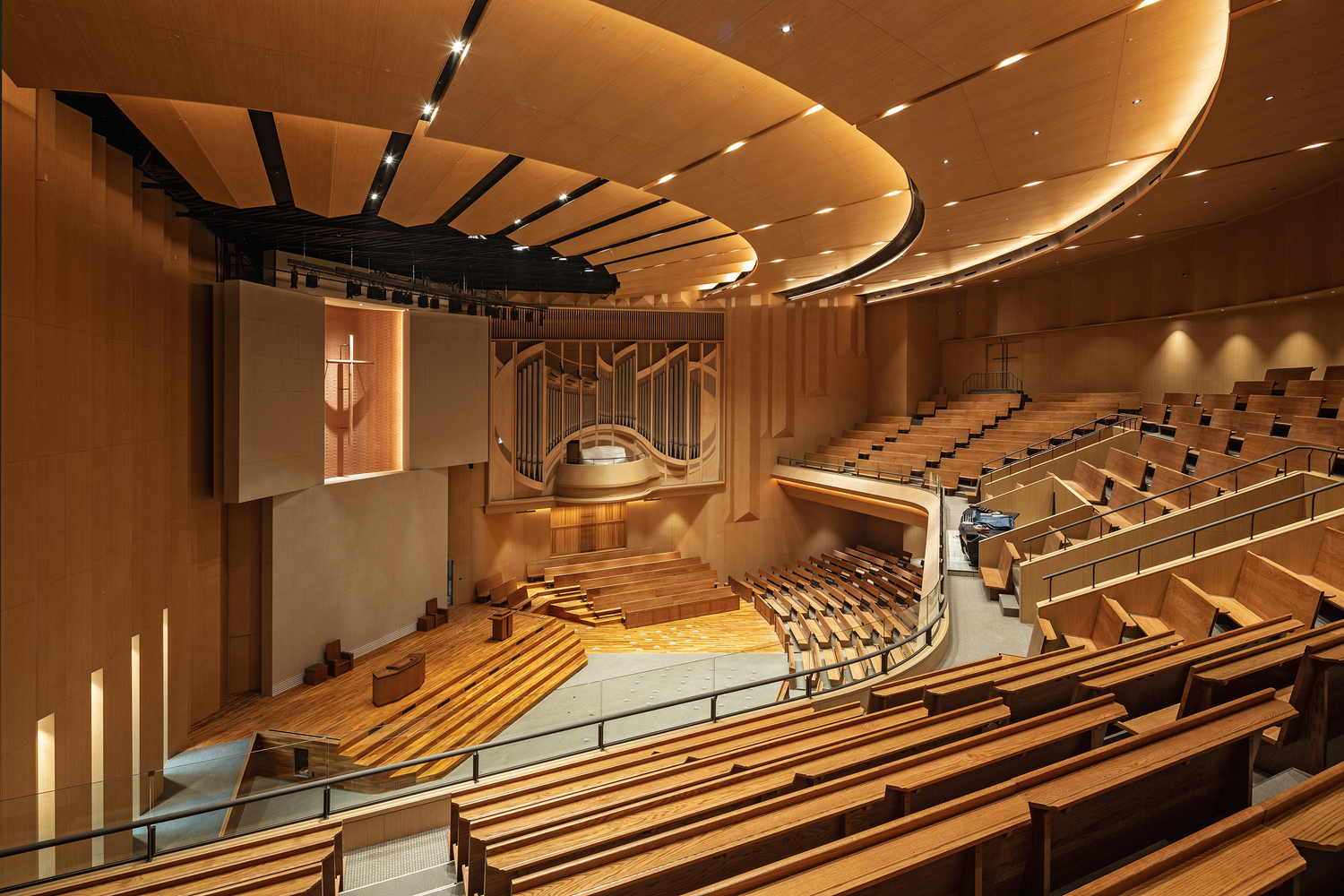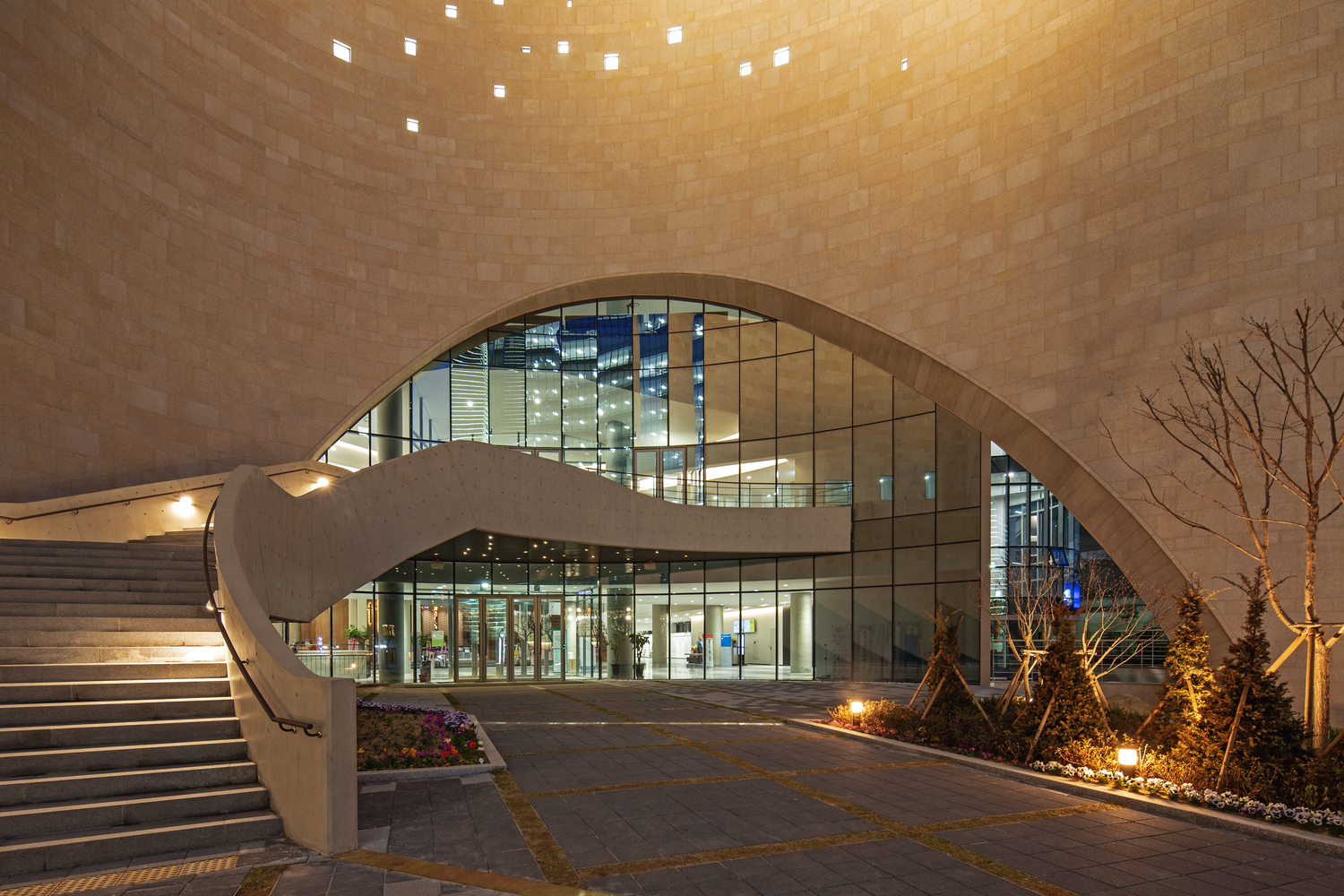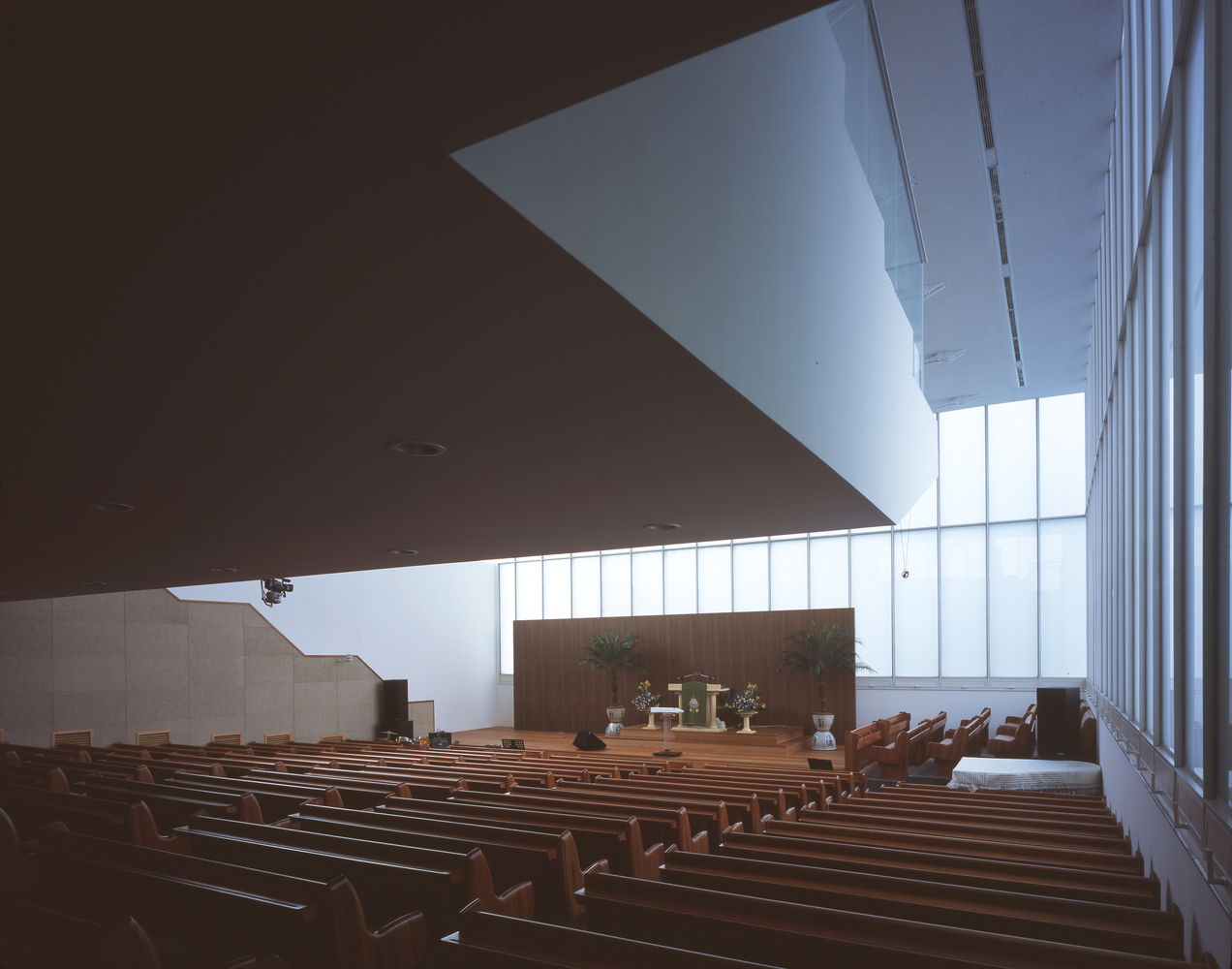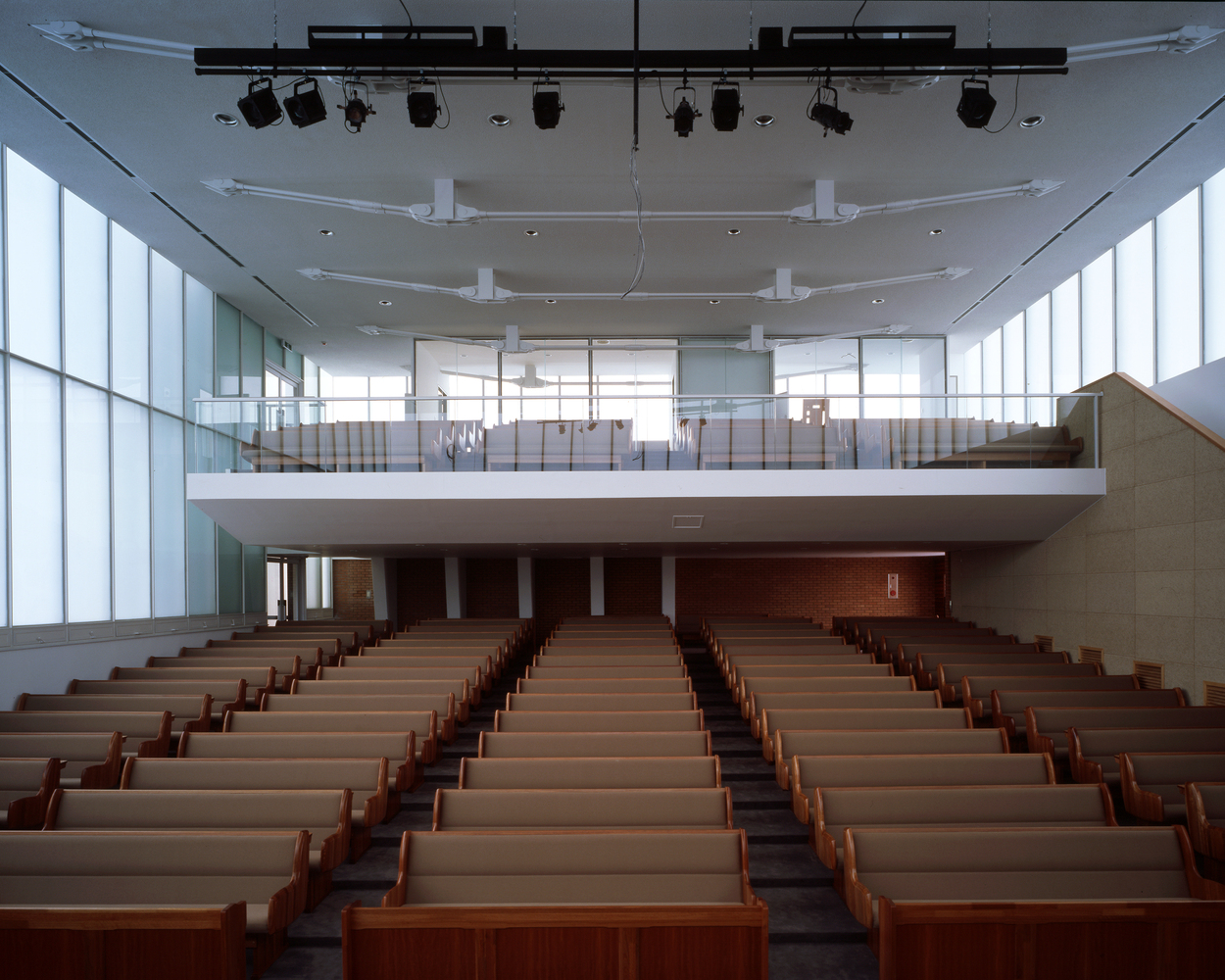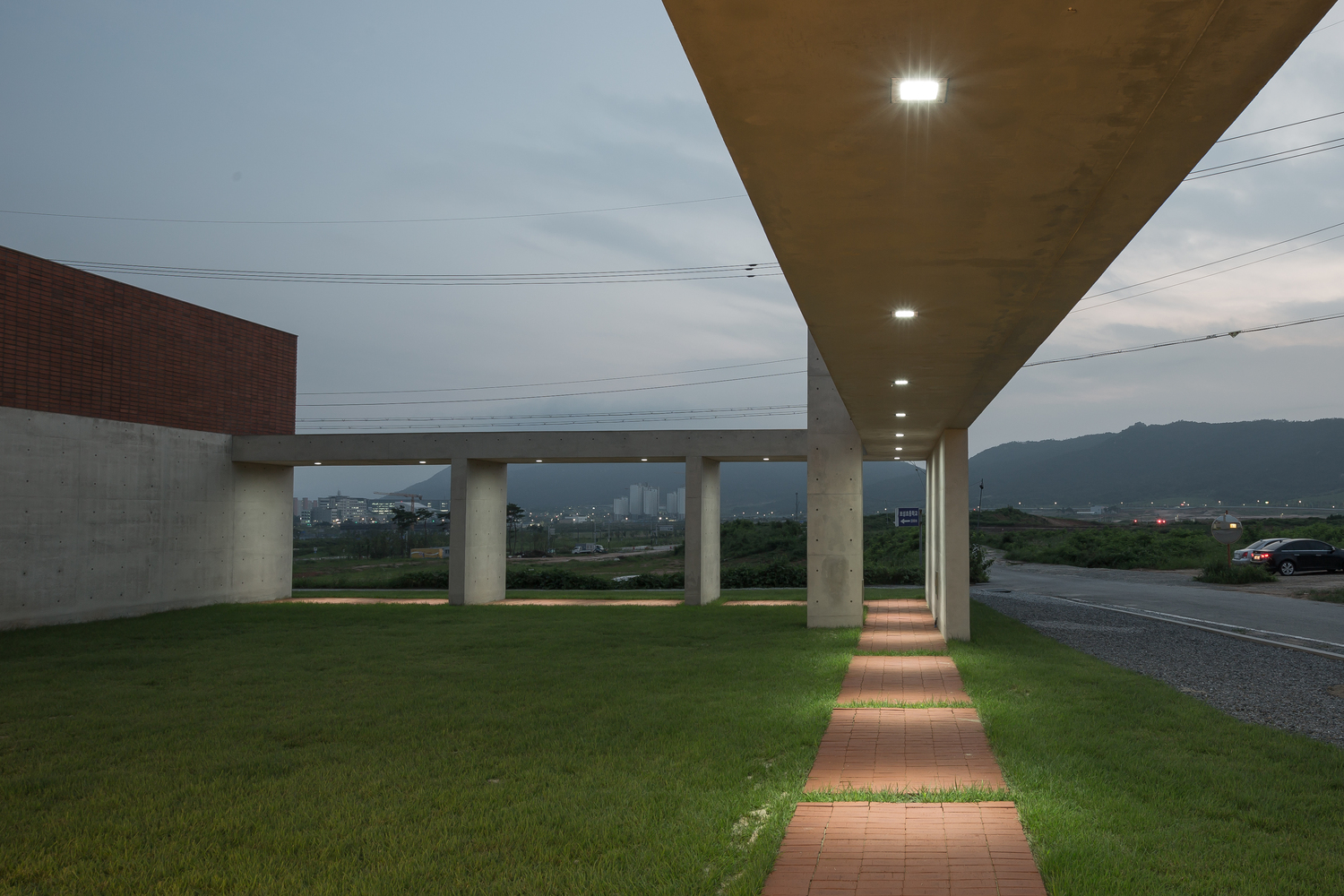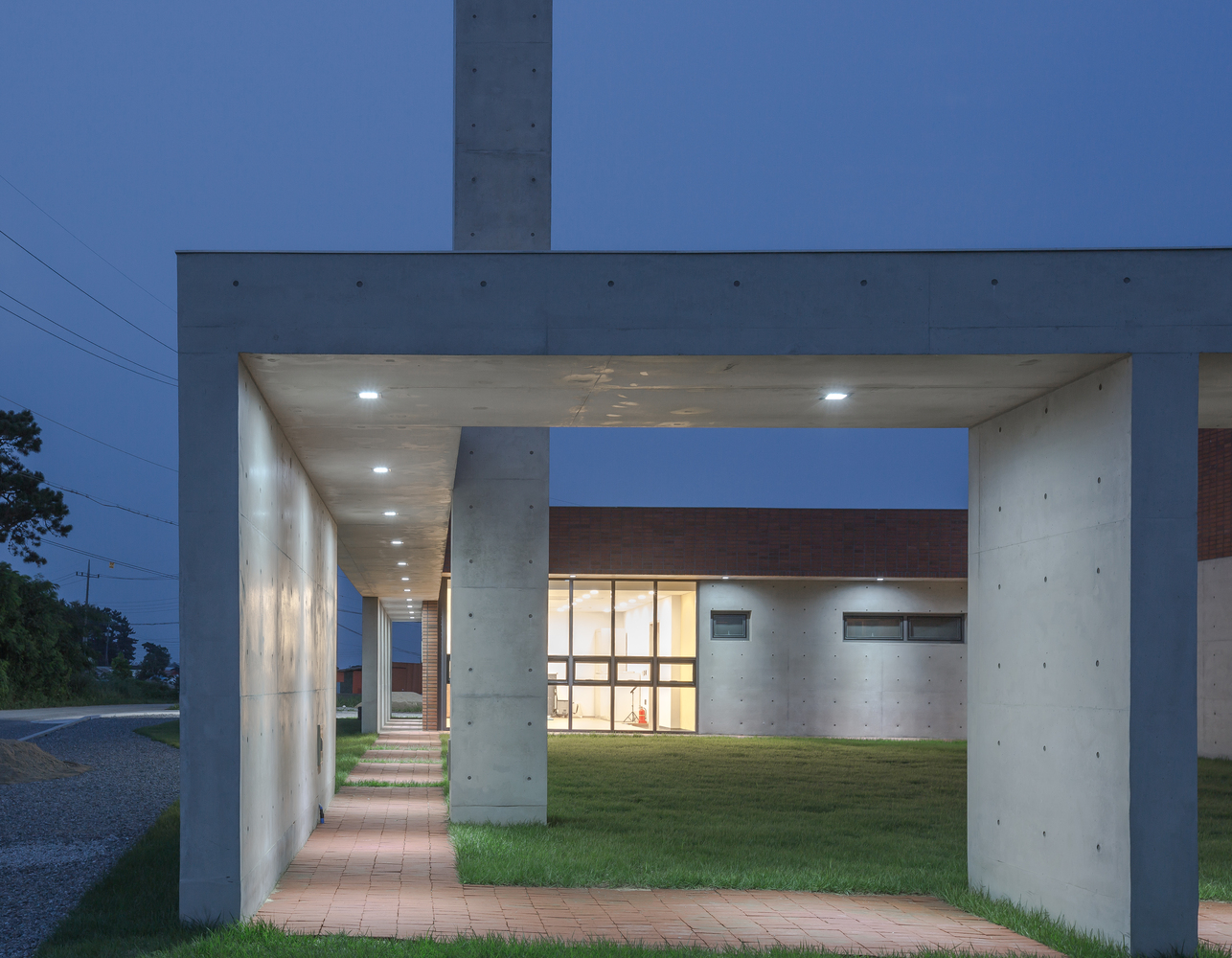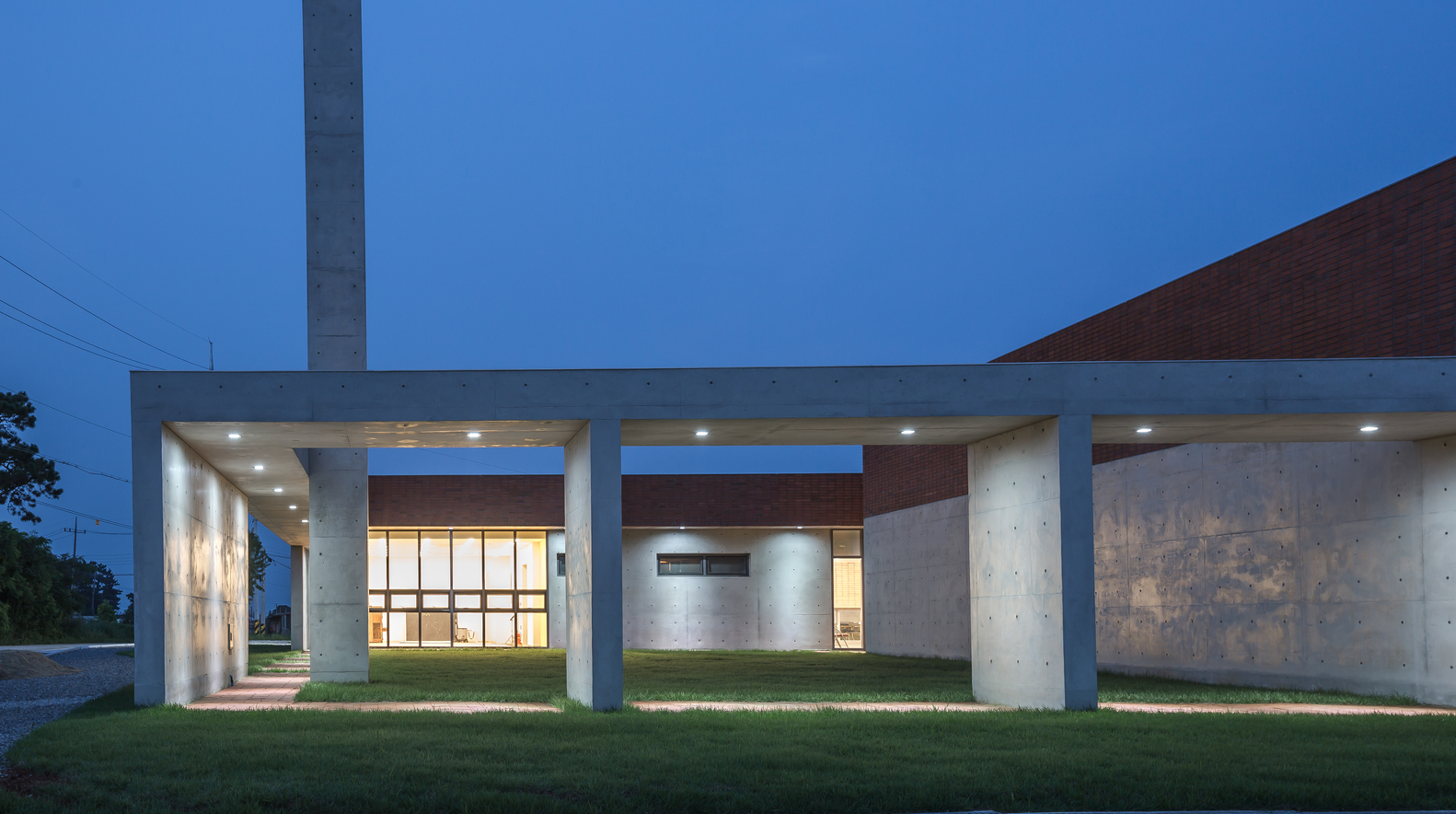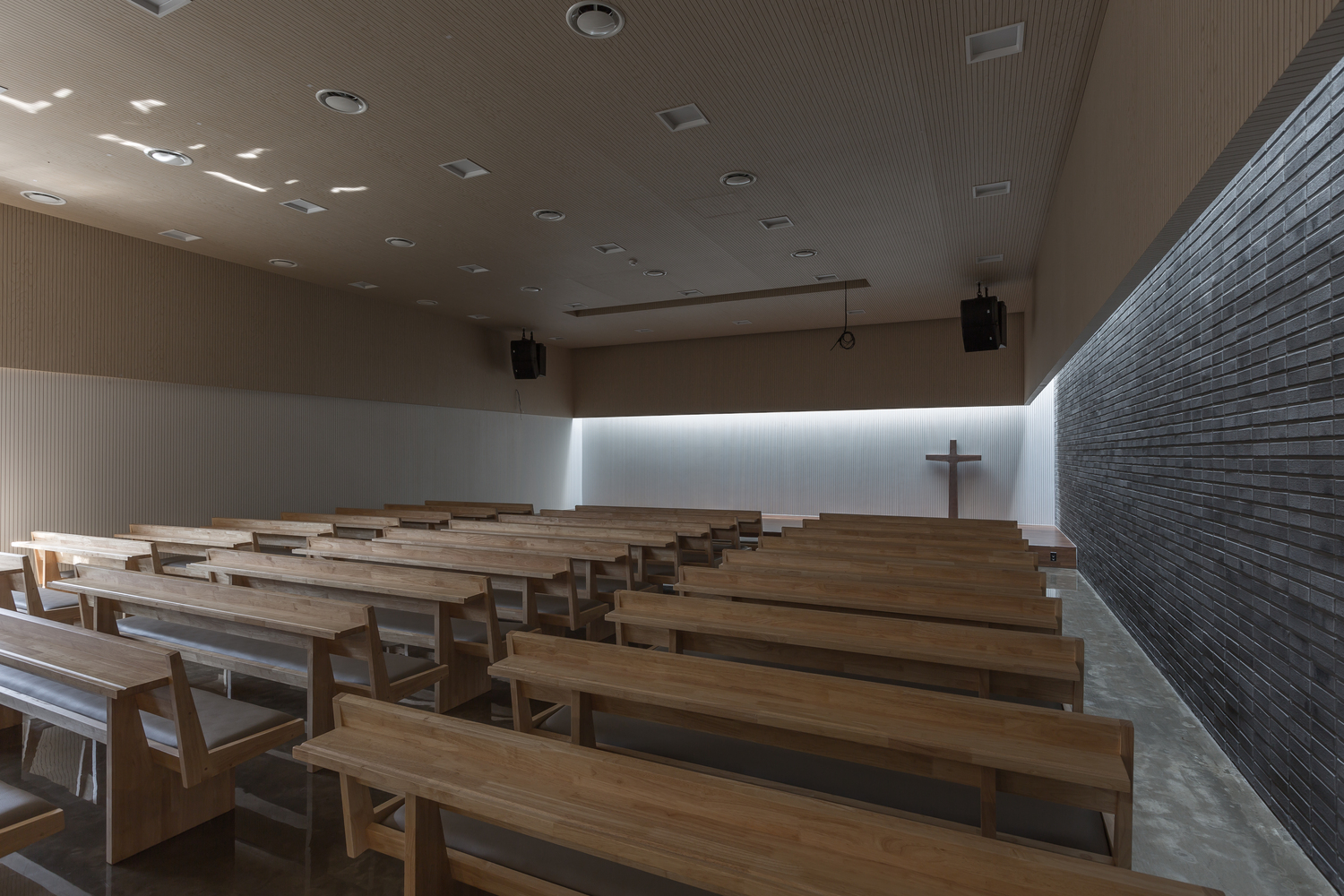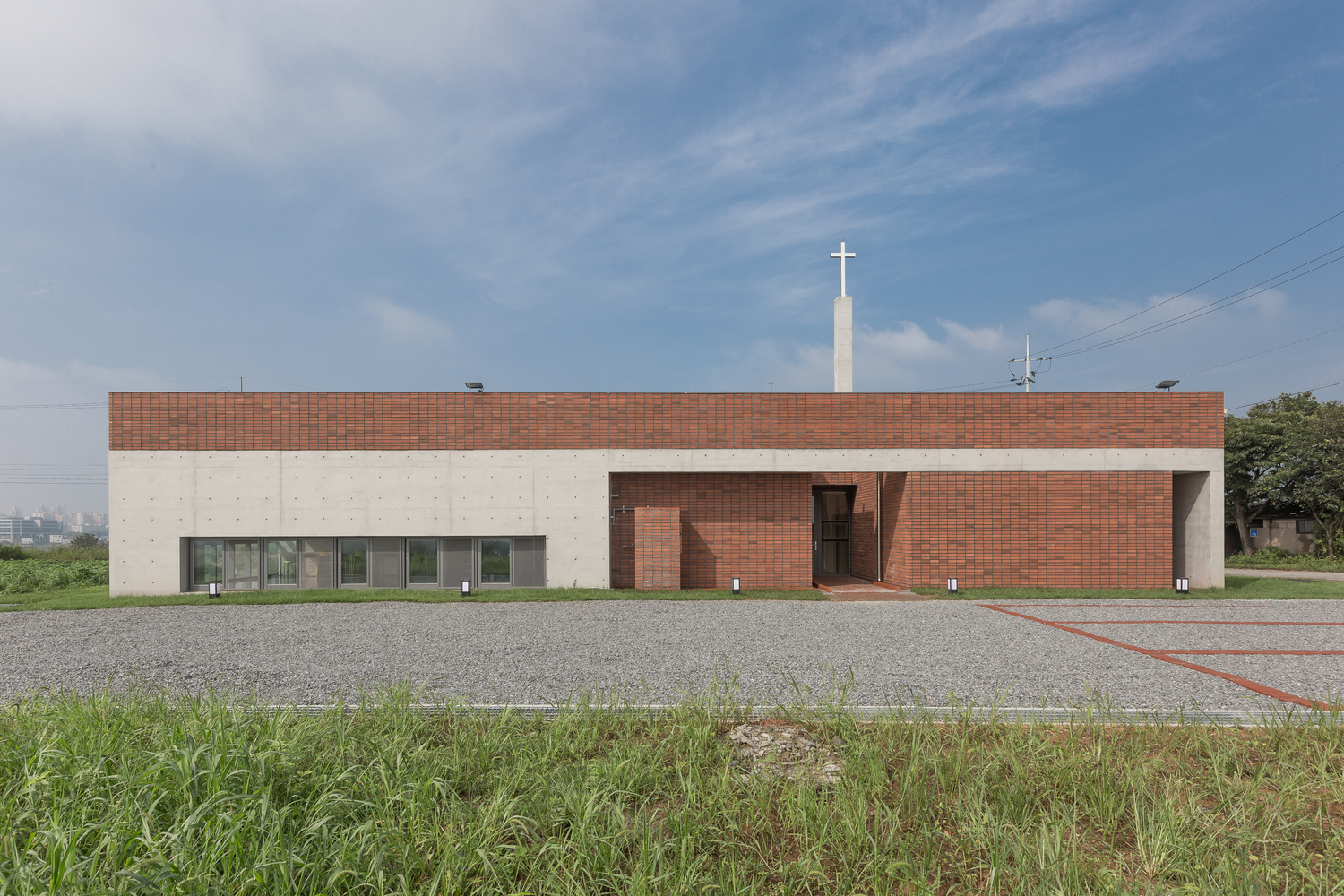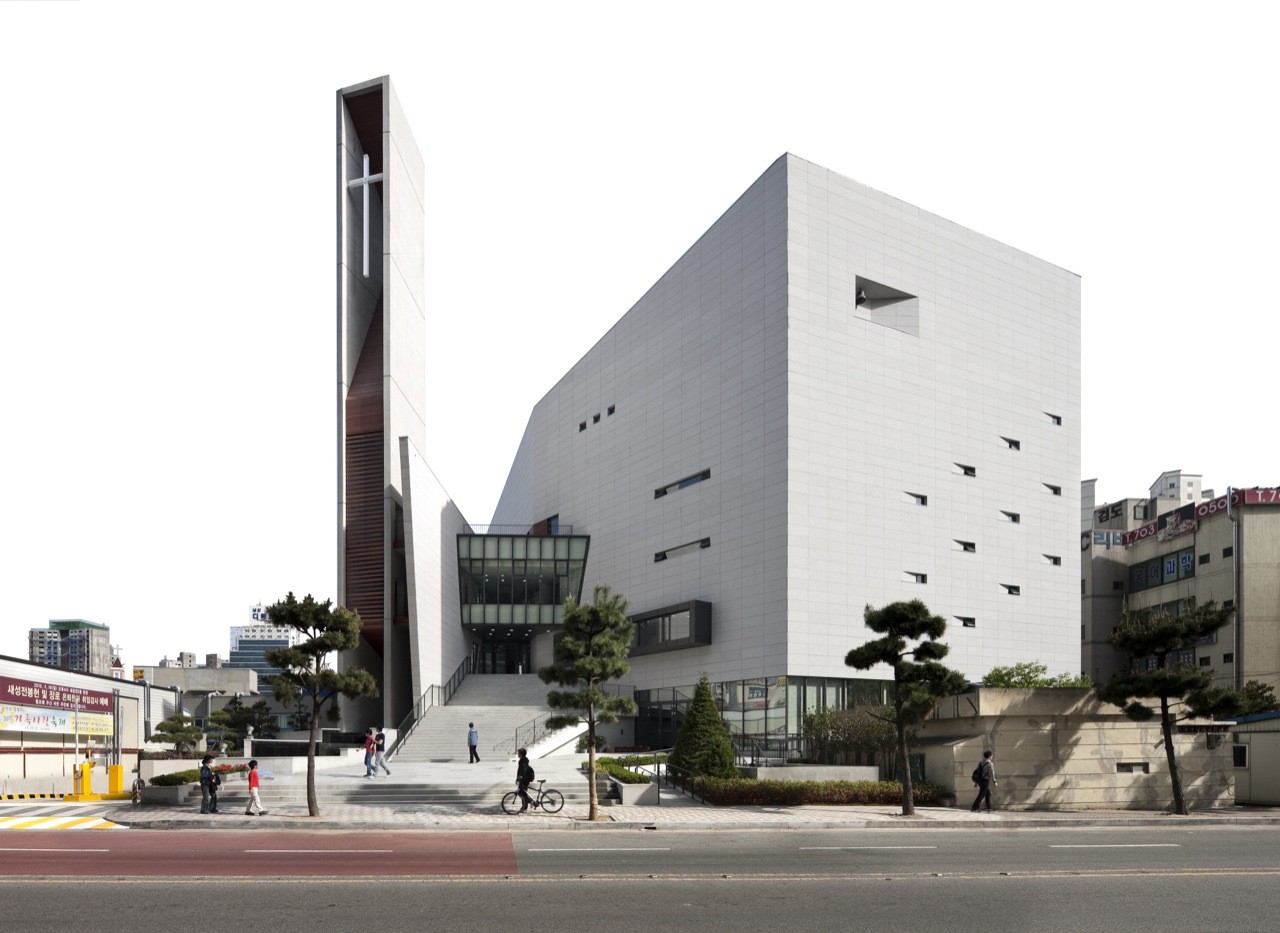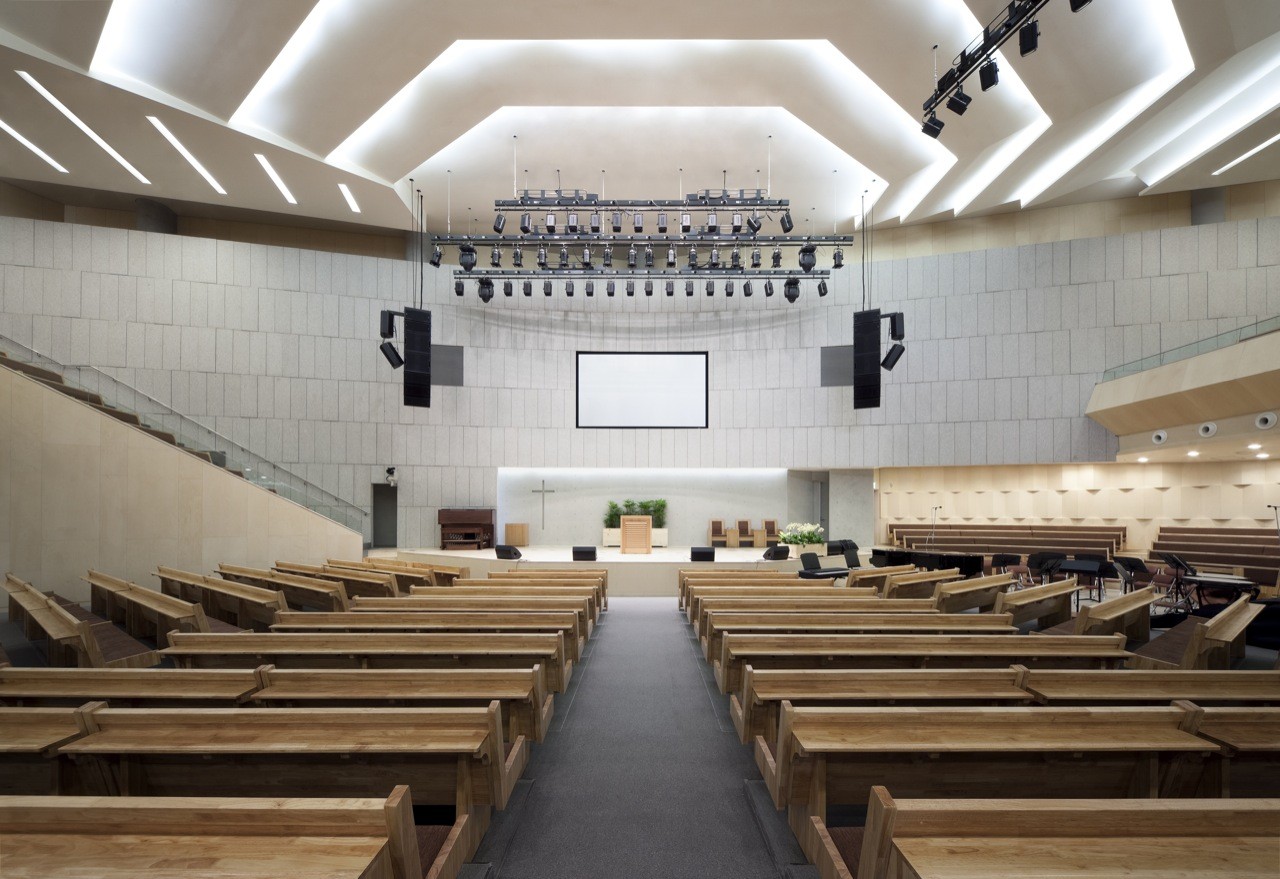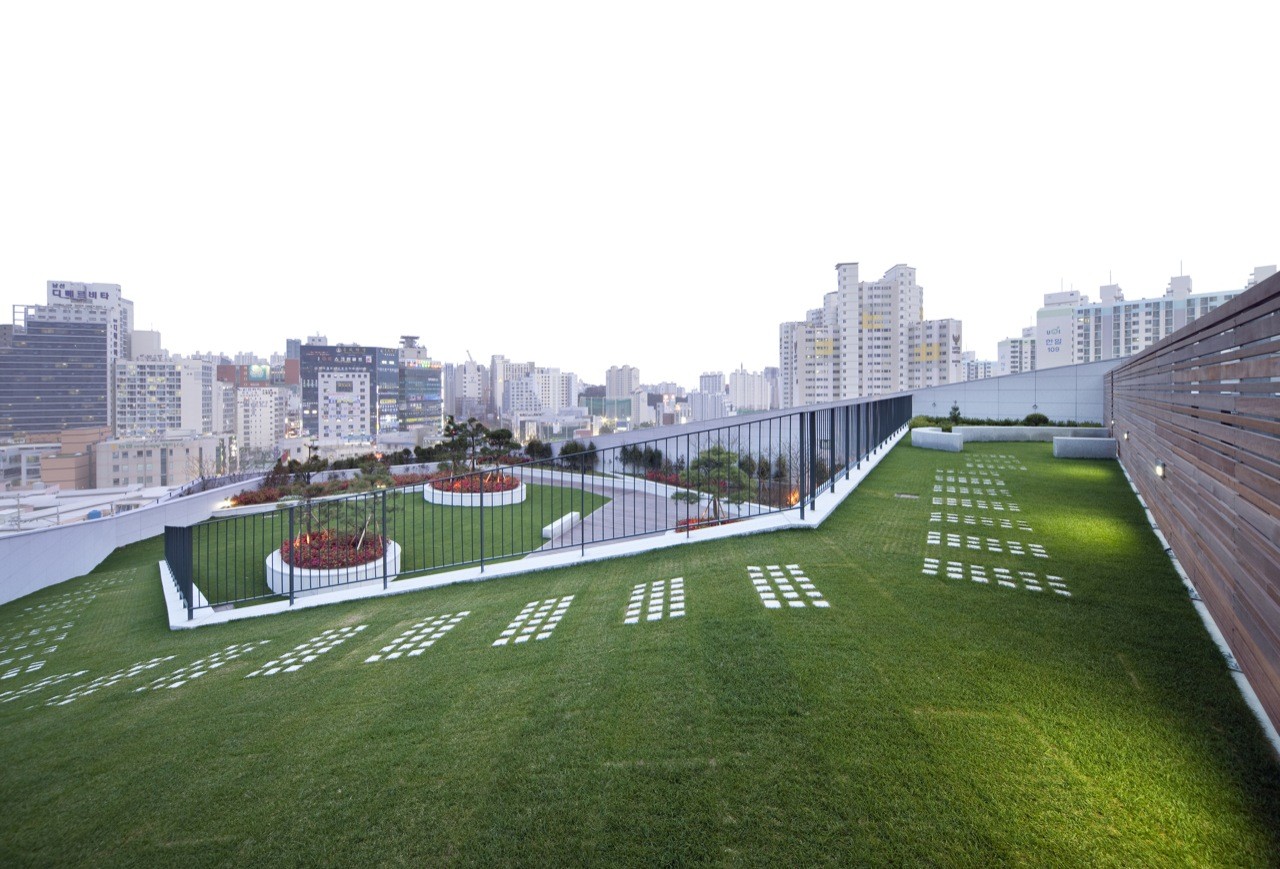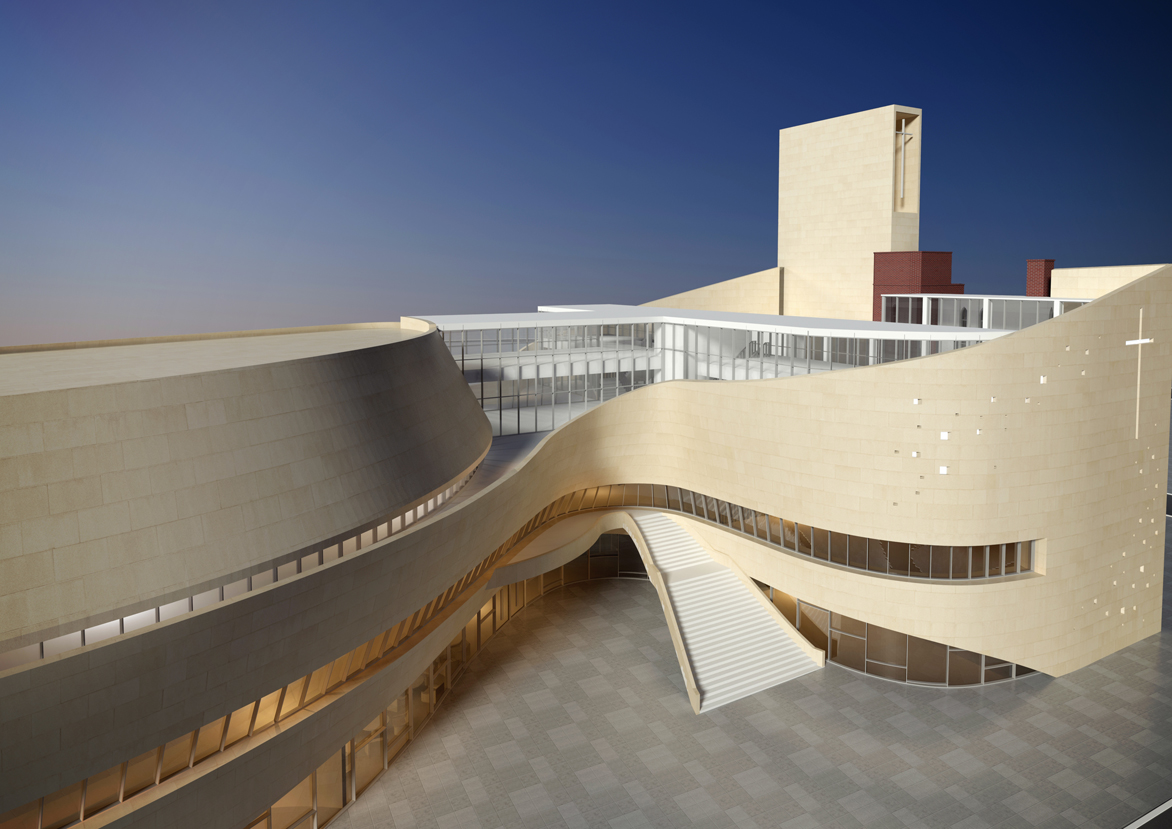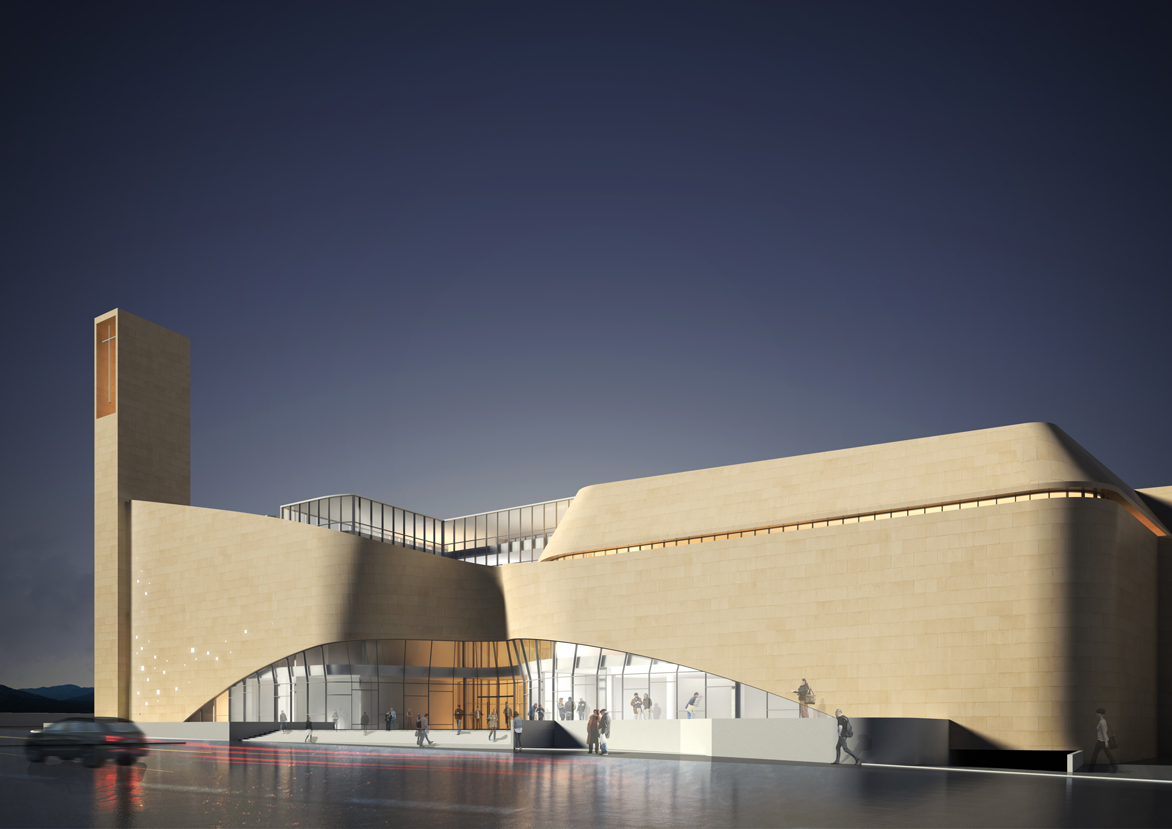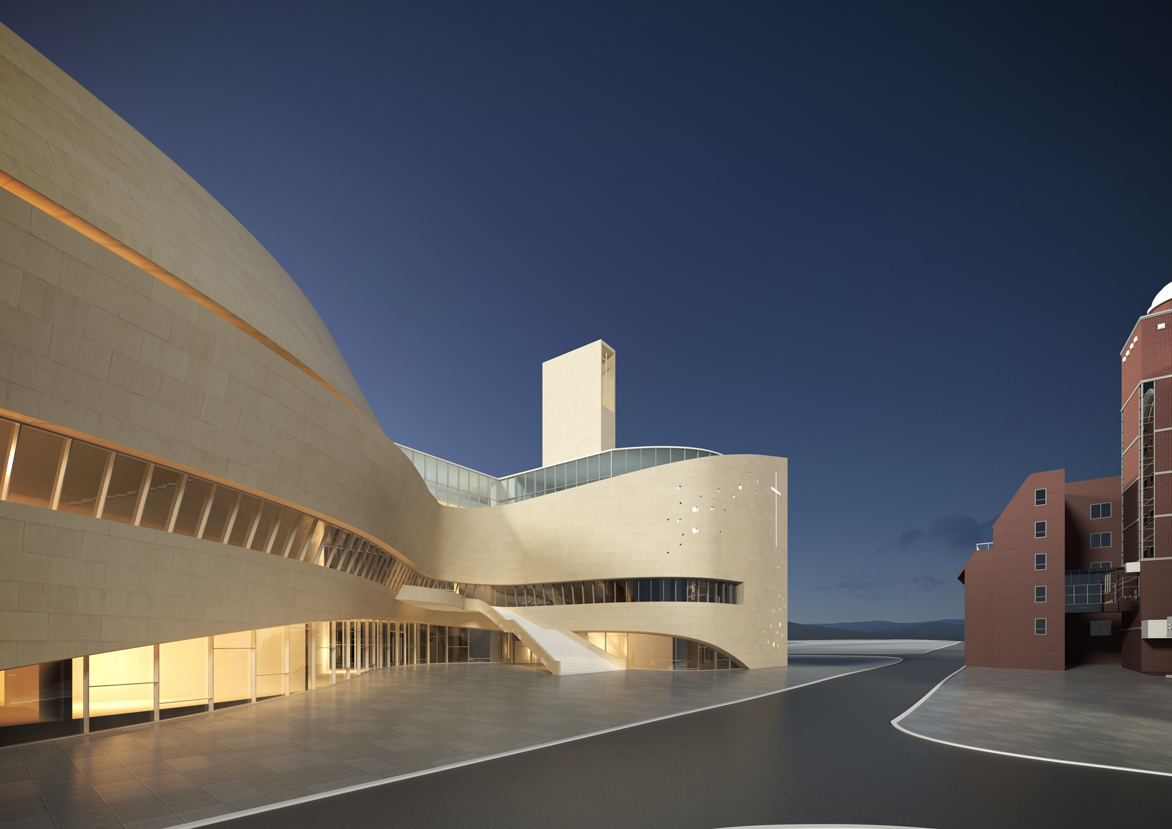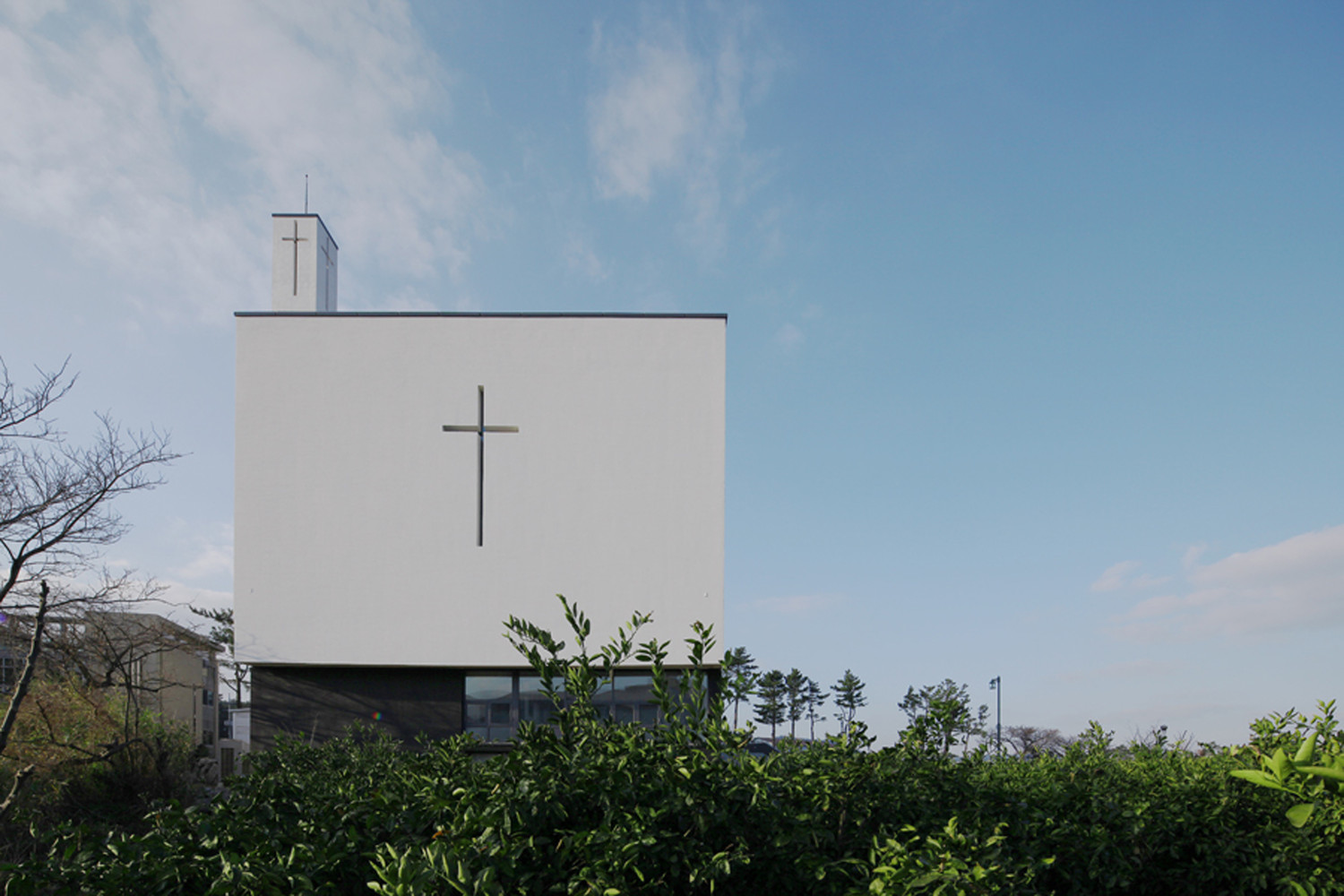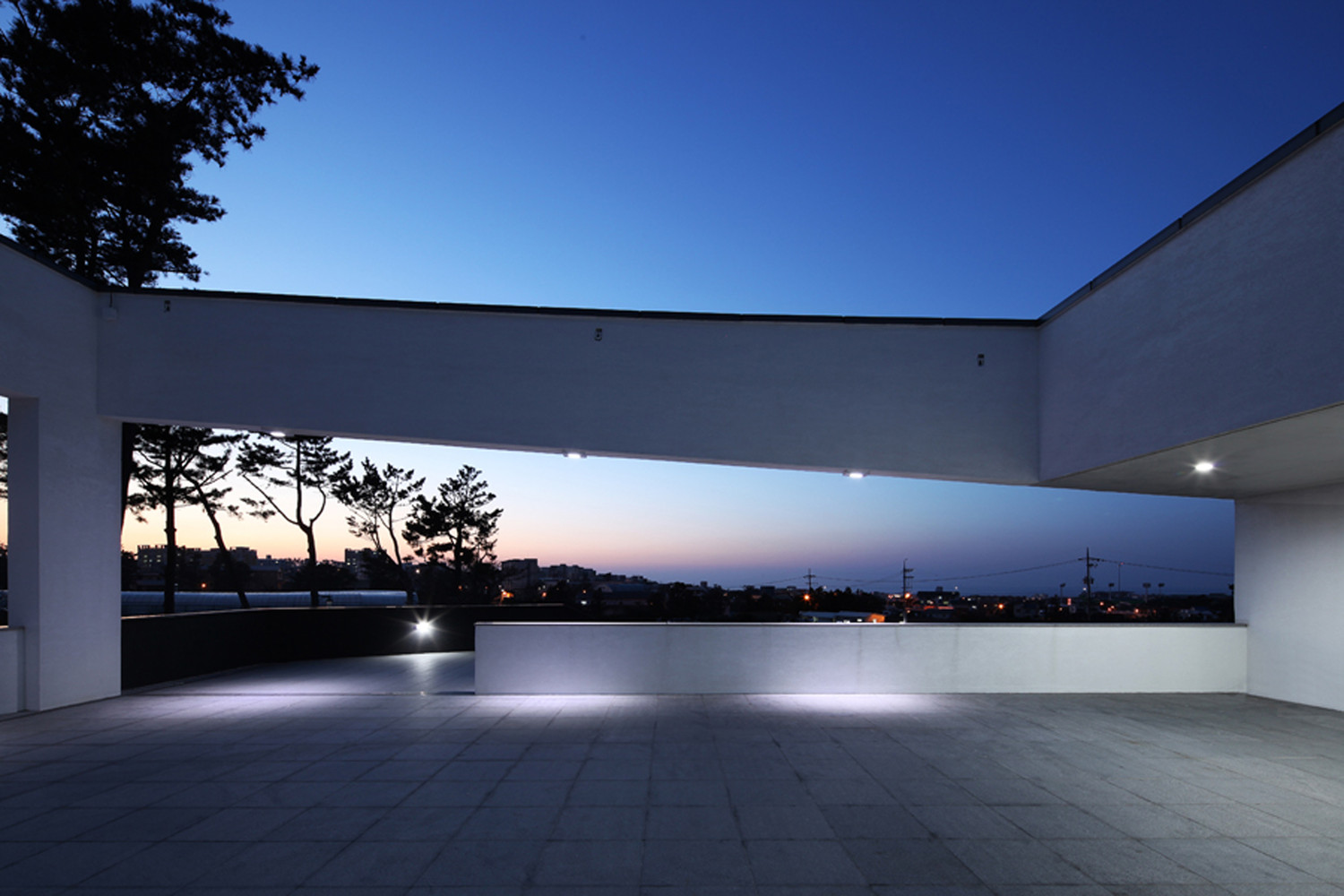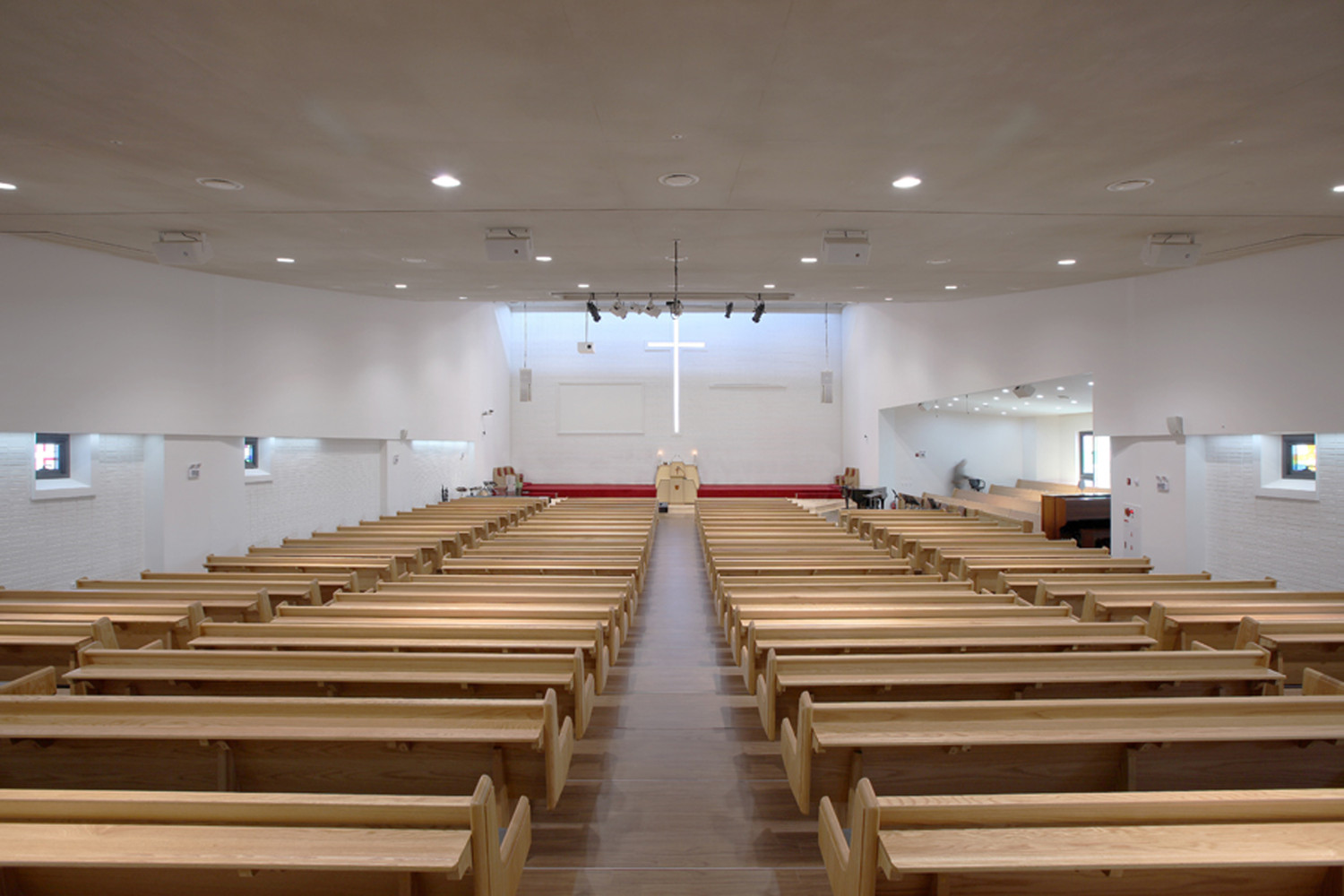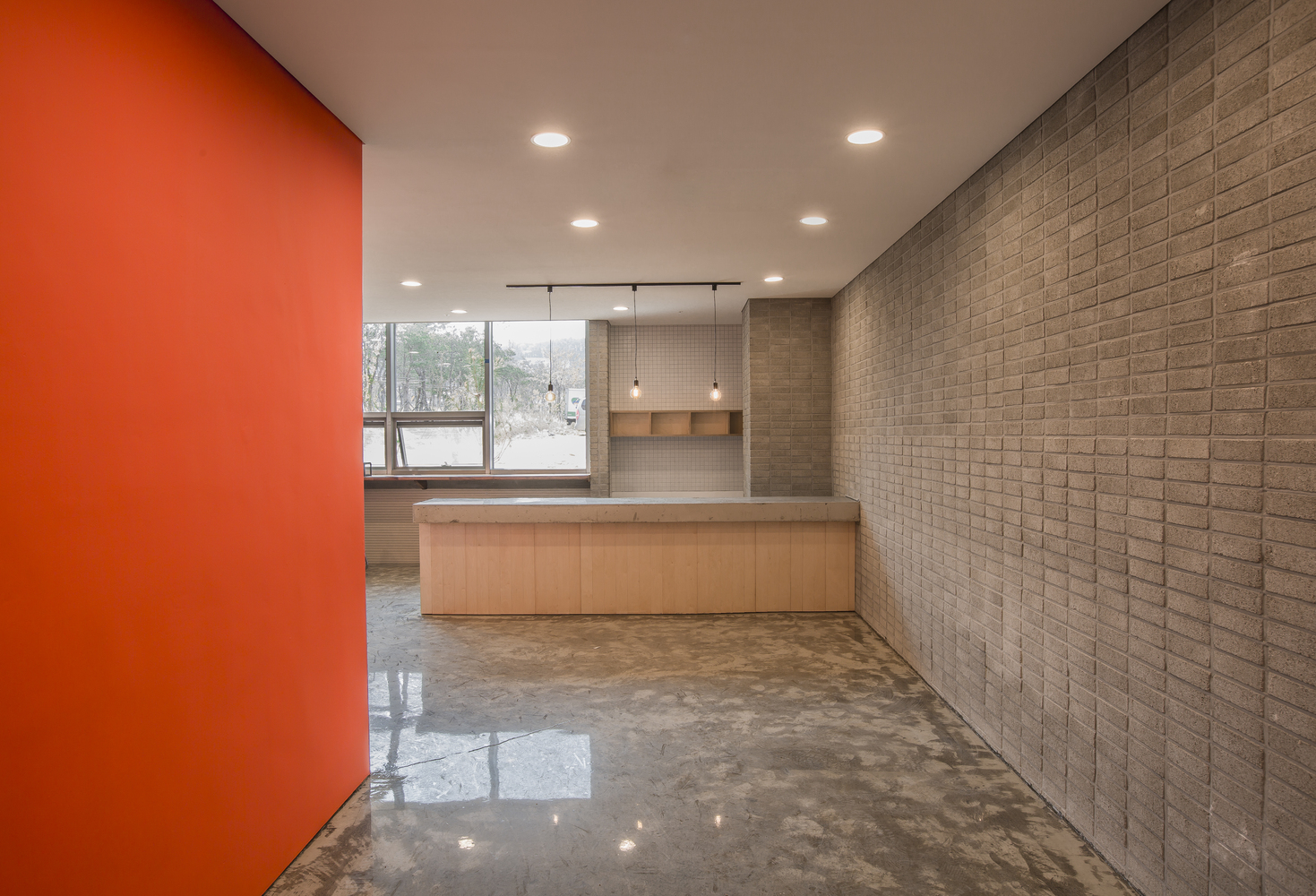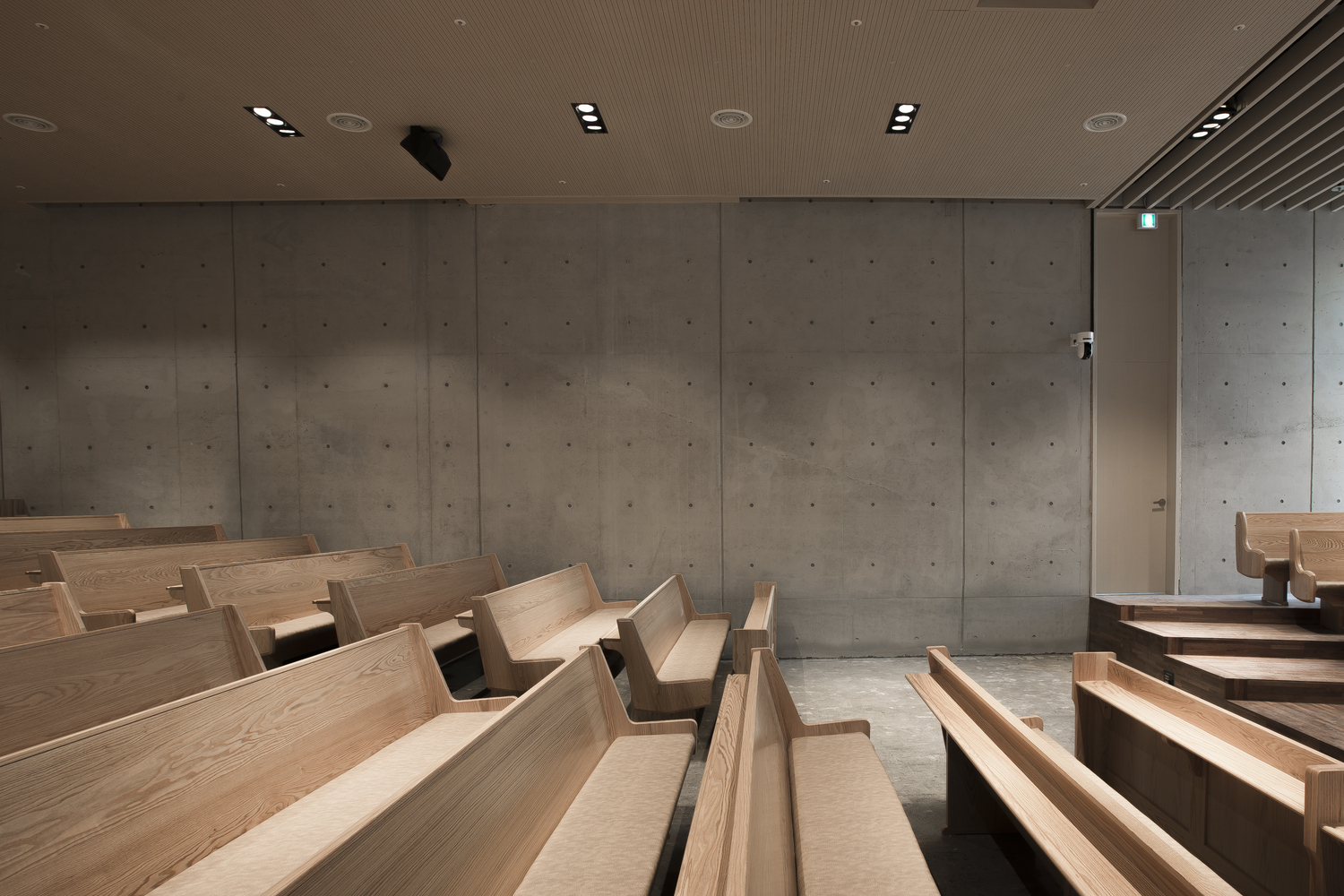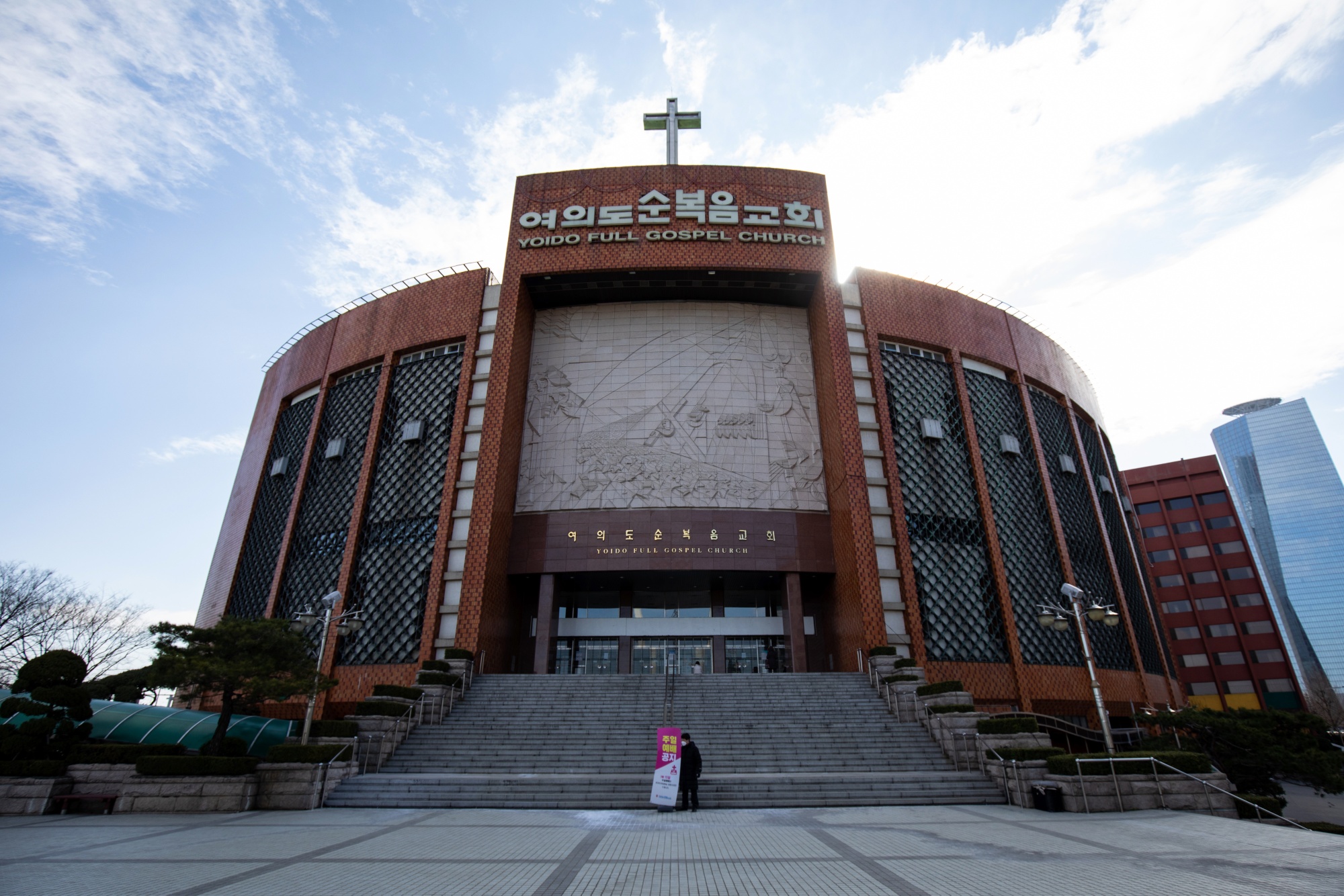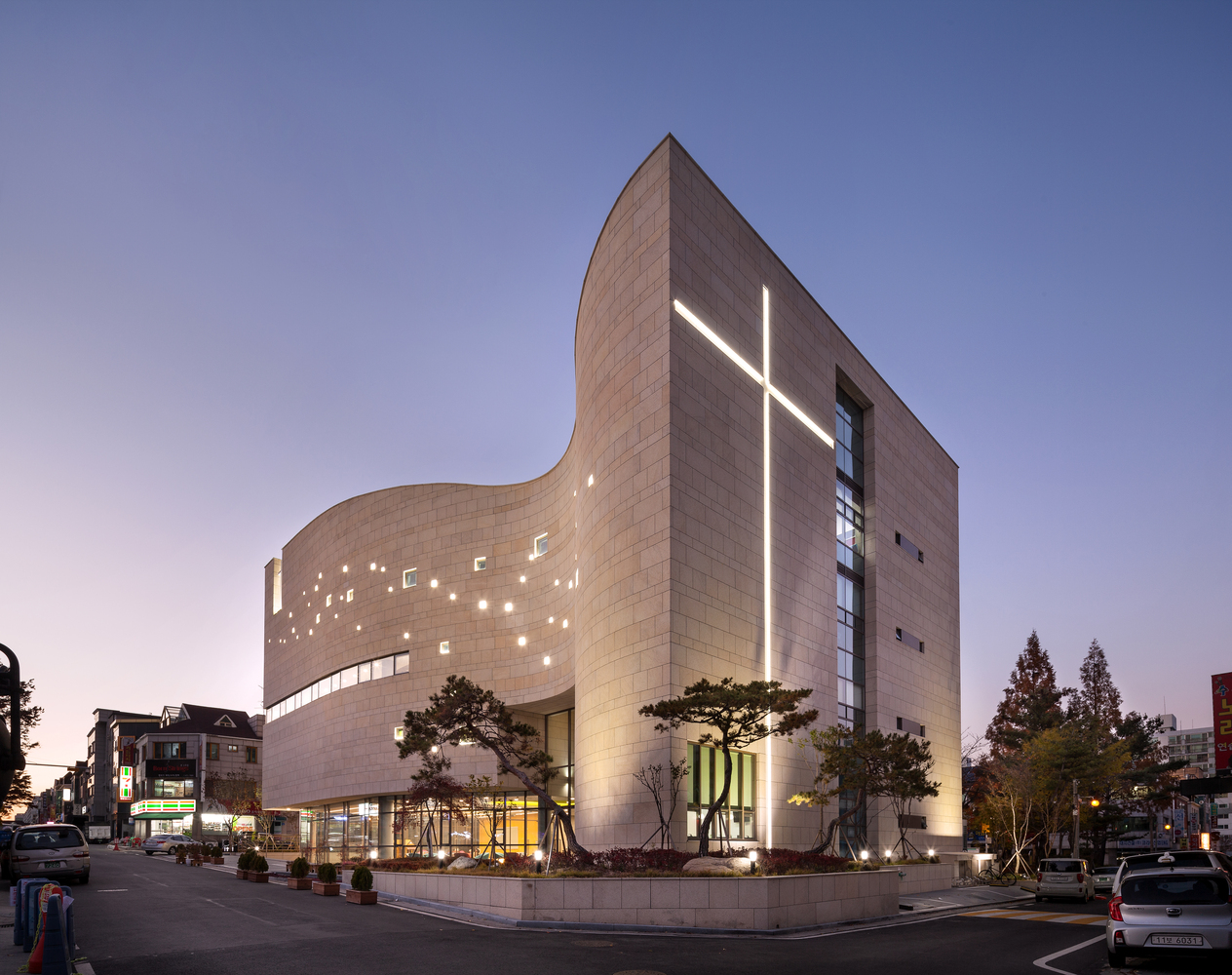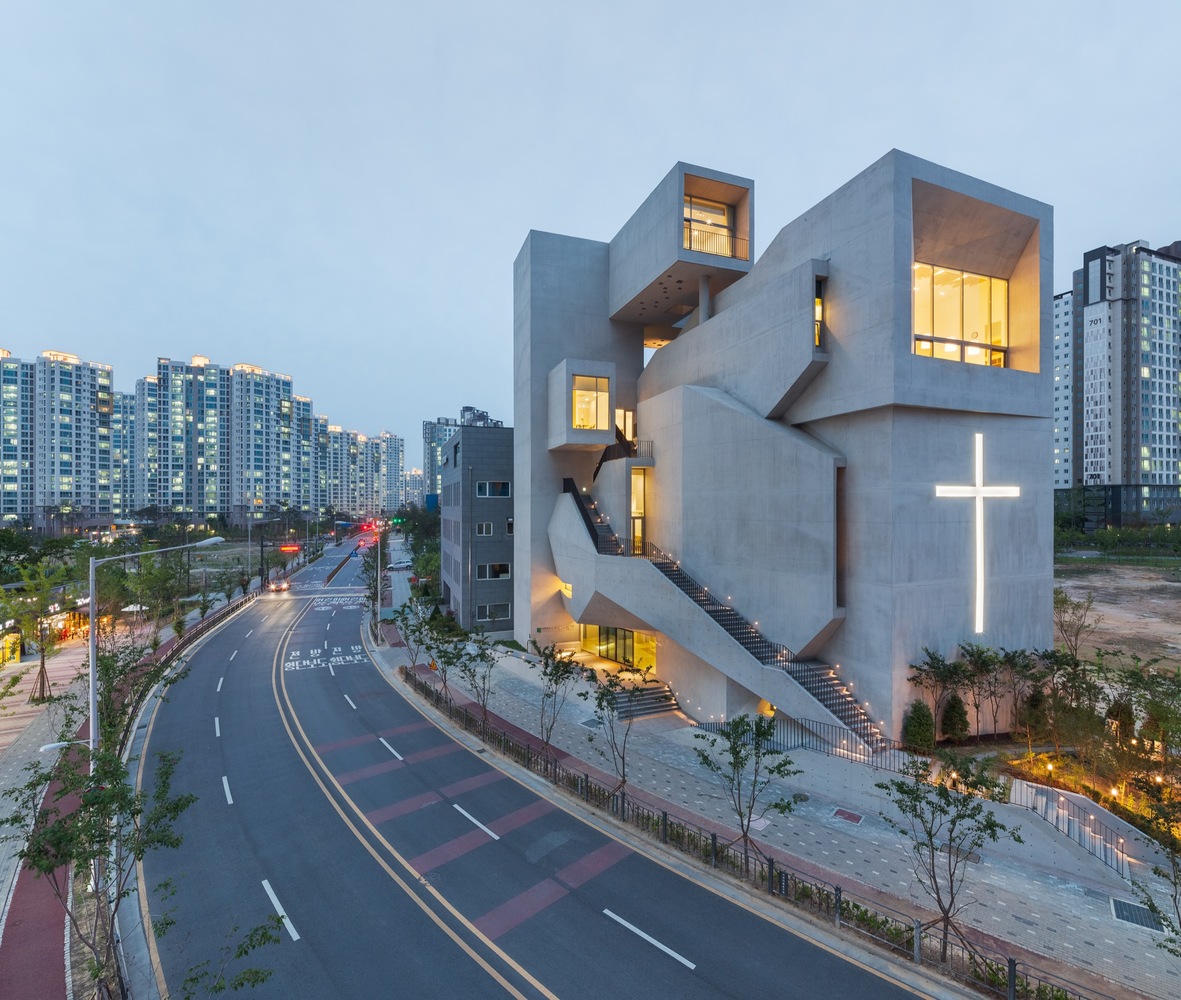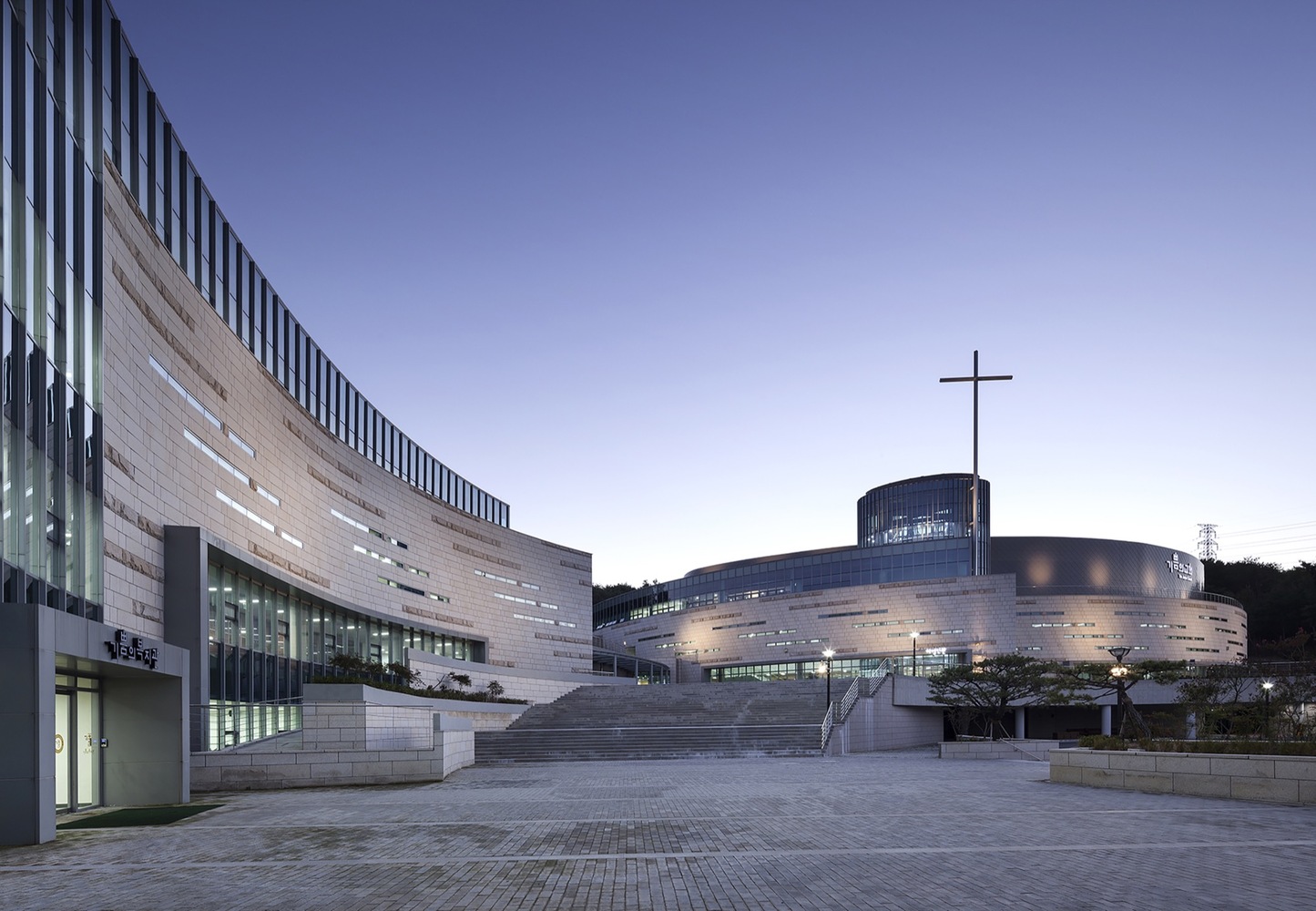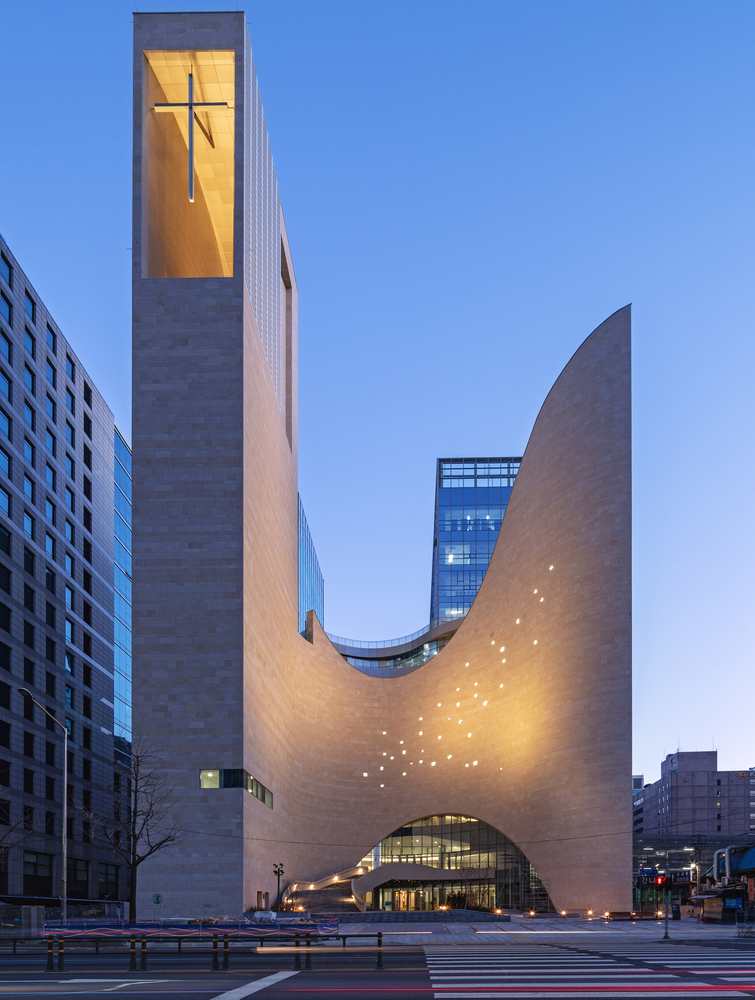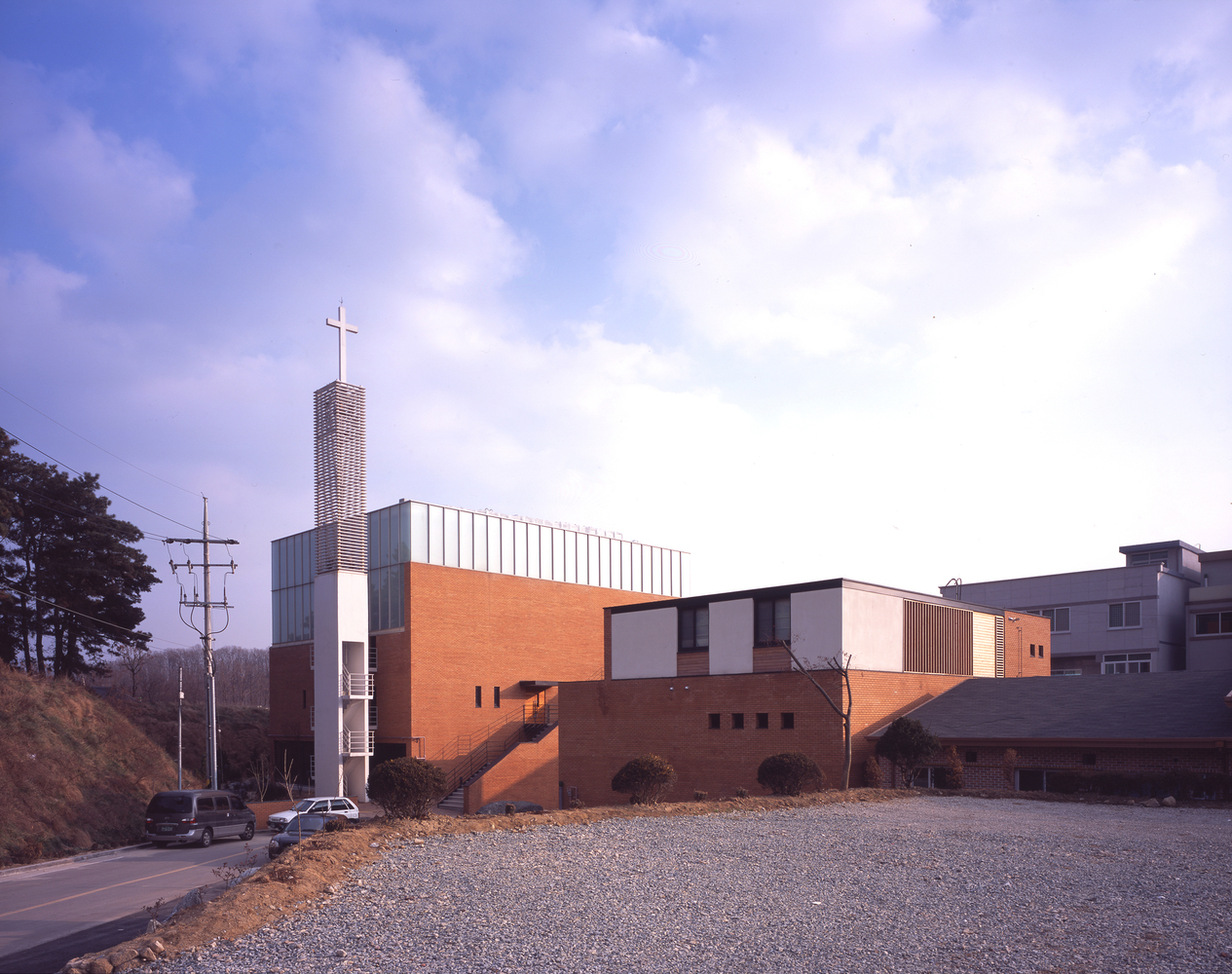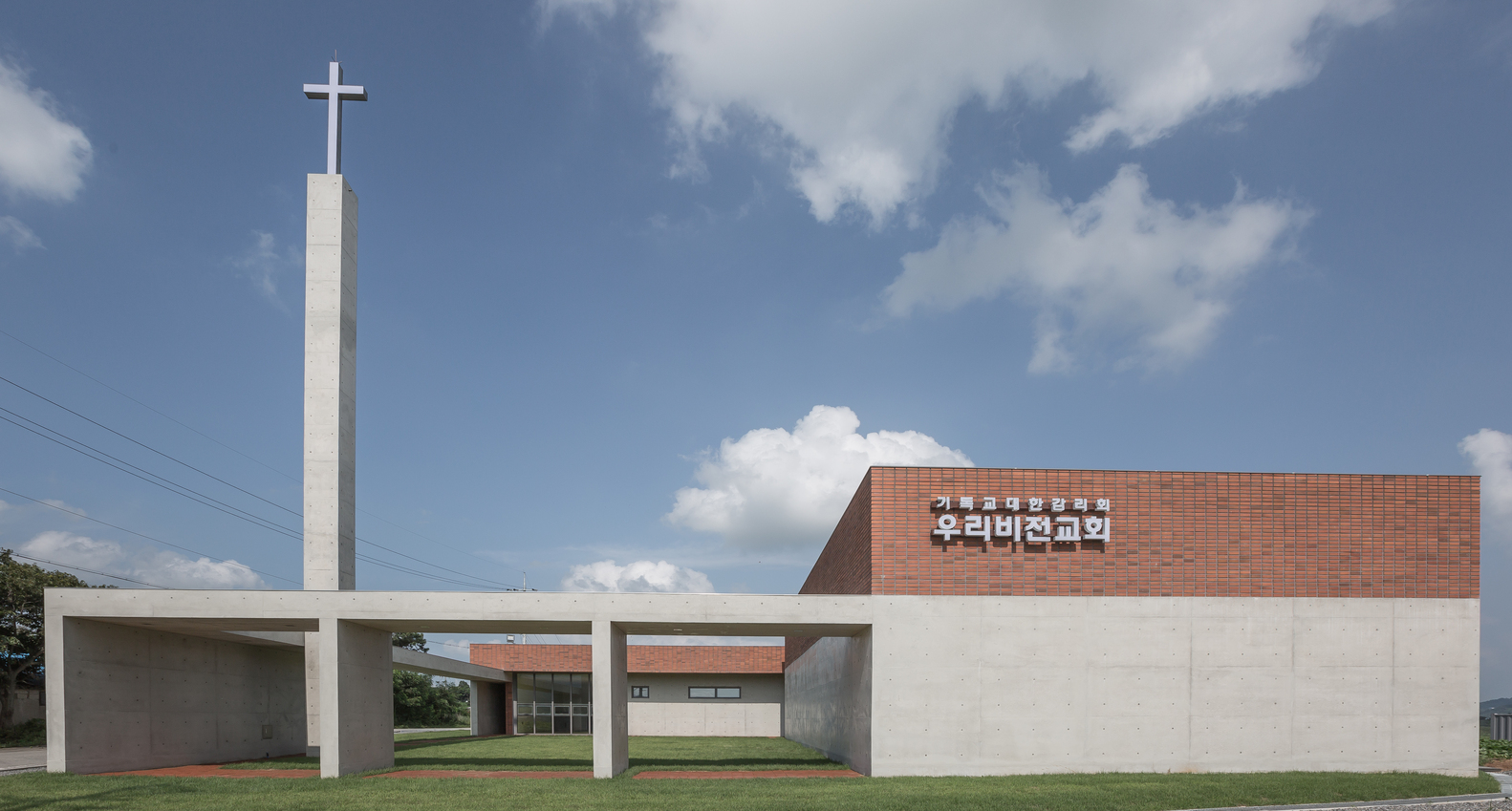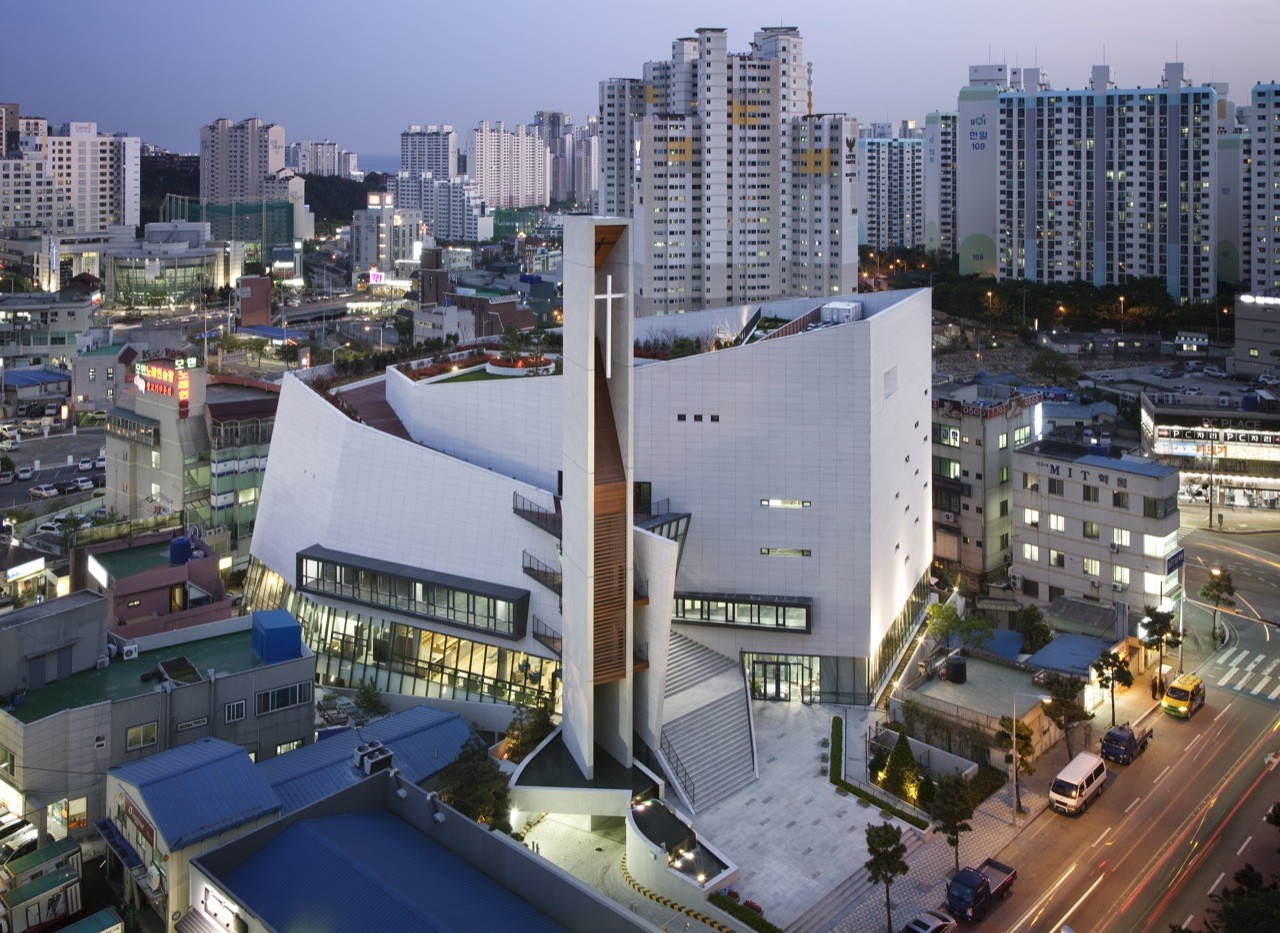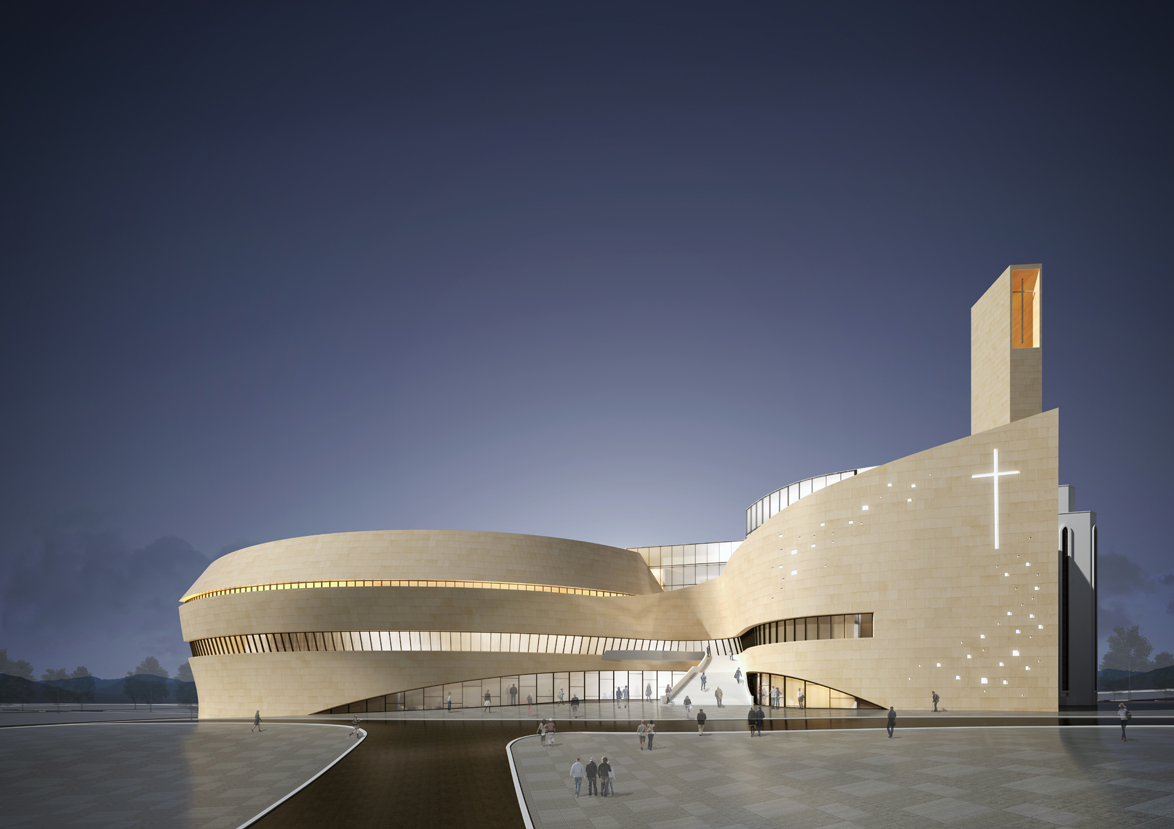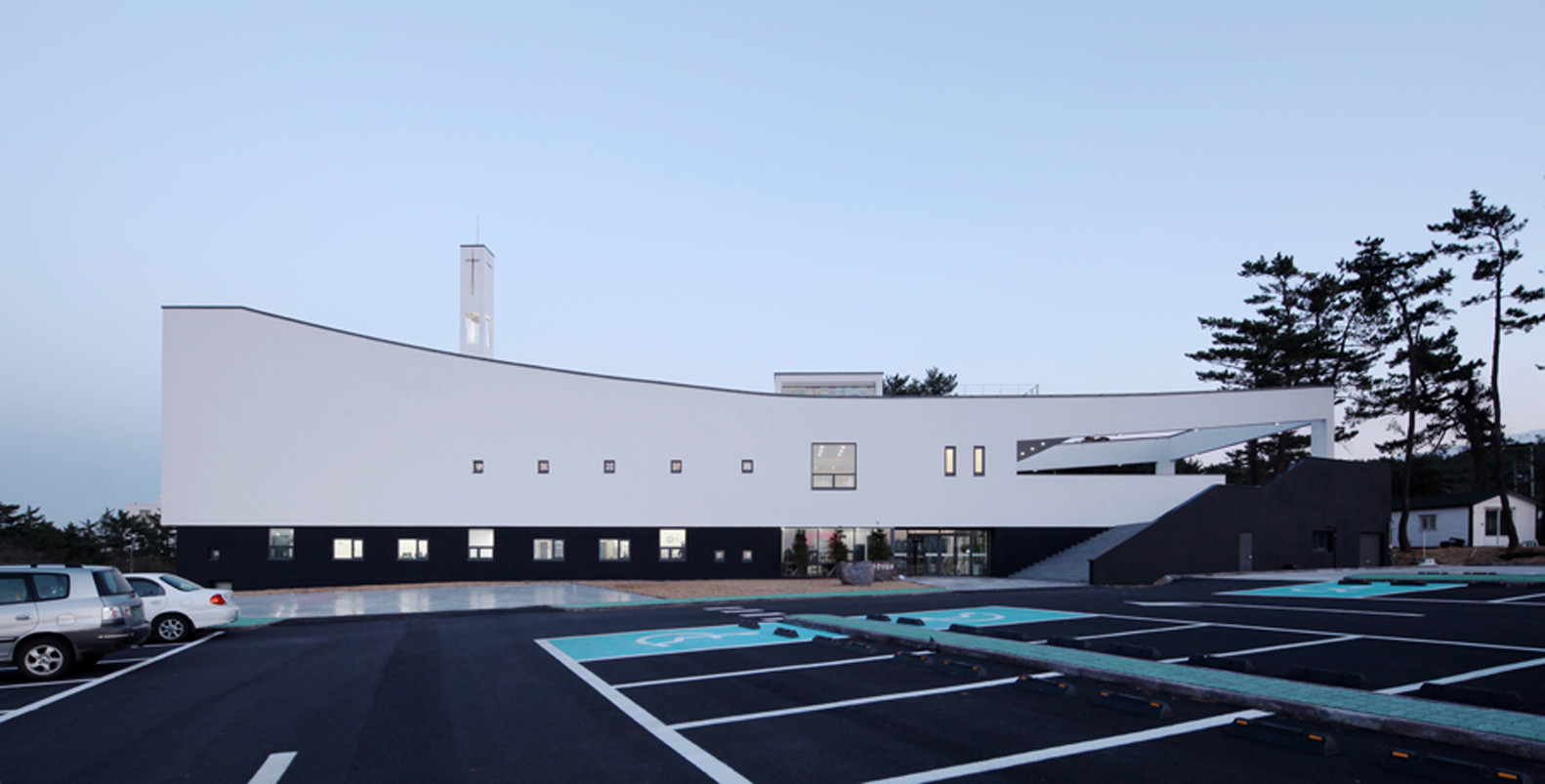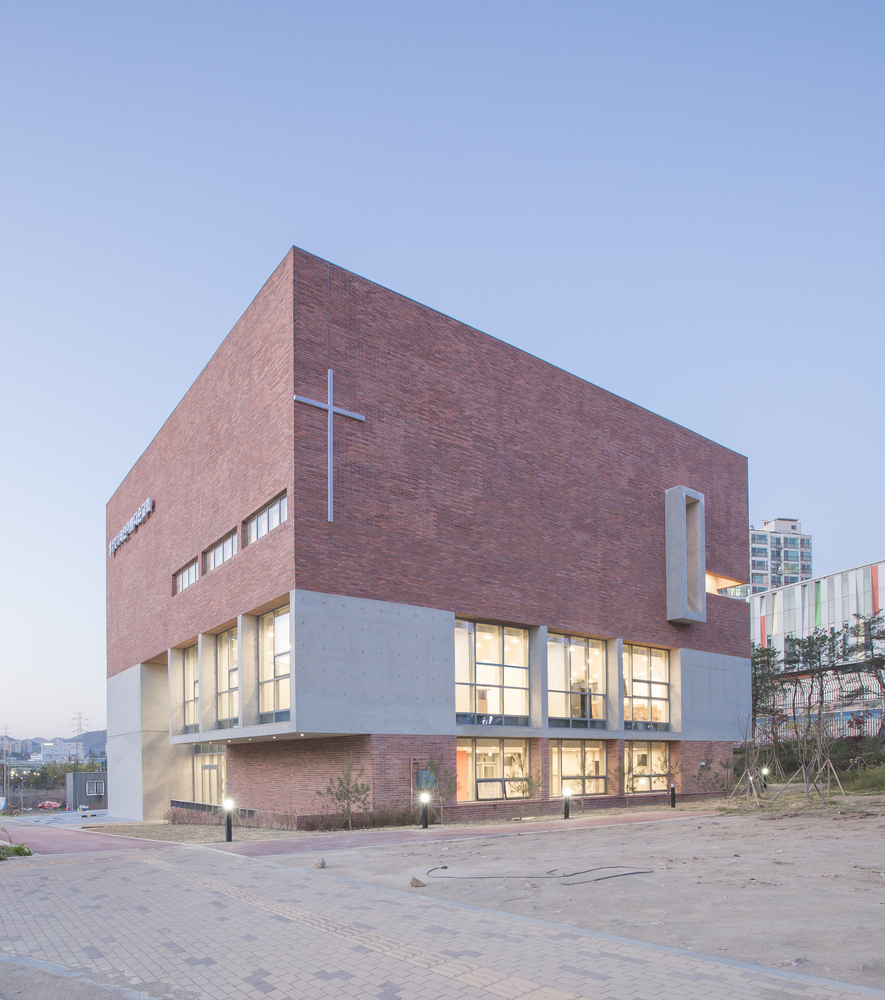Since the 1960s, the number of South Korean Churches has increased. The South Korean population is overwhelmingly Christian. Beginning in the late 19th century with the arrival of Protestant missionaries, it has a lengthy history in that region. Christian conversions started increasing in the 1960s, and by the 1980s, South Korea had one of the highest Christian conversion rates in the world.
It would be unusual to encounter a tourist in Seoul who hadn’t been struck by the captivating glow of South Korean churches lit up at night. About a quarter of Koreans consider themselves Catholic or Protestant, and they send out the second most significant number of missionaries of any nation. It’s no surprise that South Korea has numerous magnificent places of worship, given its many devout citizens. Let’s not waste any more time and take a closer look at the breathtaking South Korean Churches.
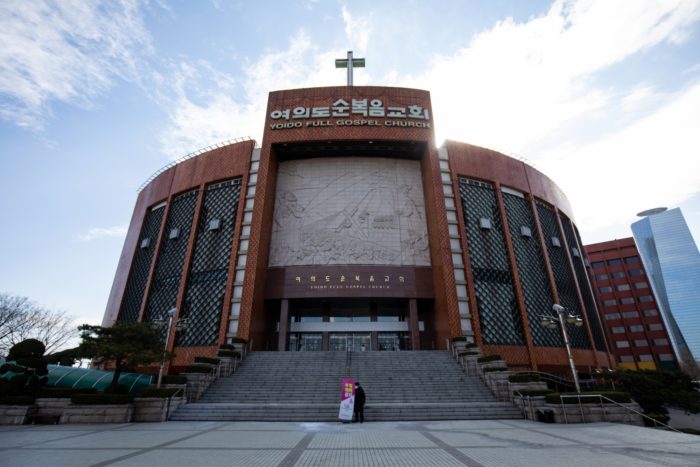
©SeongJoon Cho/Bloomberg
The Exquisite Charm of South Korean Churches
The abundance of South Korean Churches indicates a solid religious culture. Rather than following traditional religious architecture models—which often feature towering spires and cross-shaped structures—architects nowadays opt for simpler, more contemporary designs that better represent the beliefs of their congregations. The following list examines how South Korean architects have been at the forefront of developing new church styles in the past few years.
Also Read: Gothic Architecture: 9 Iconic Cathedrals from the Depths of History.
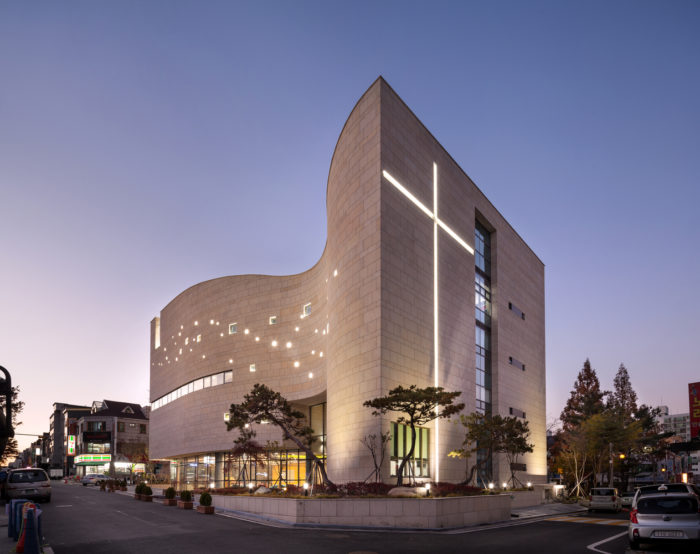
©Joonhwan Yoon
From the main roadway, past the lobby hall, and onto the adjacent park at the back of the Church is a seamless corridor that connects the various parts of the Holy Light Church, which faces the city. The foyer is like a wide-open indoor plaza for adults and kids alike. Due to its horizontal openness to the neighborhood, the hall benefits from urban renewal, and the Church brings light and air to the area.
Since a modern church is a multifaceted building where many members will worship, fellowship, and hold a variety of gatherings, it was necessary to provide efficient spaces and an organized flow framework in a situation where multiple areas are set up on a narrow ground and a worship room underneath.
Also Read: 12 Absolutely Interesting Facts about Sagrada Familia
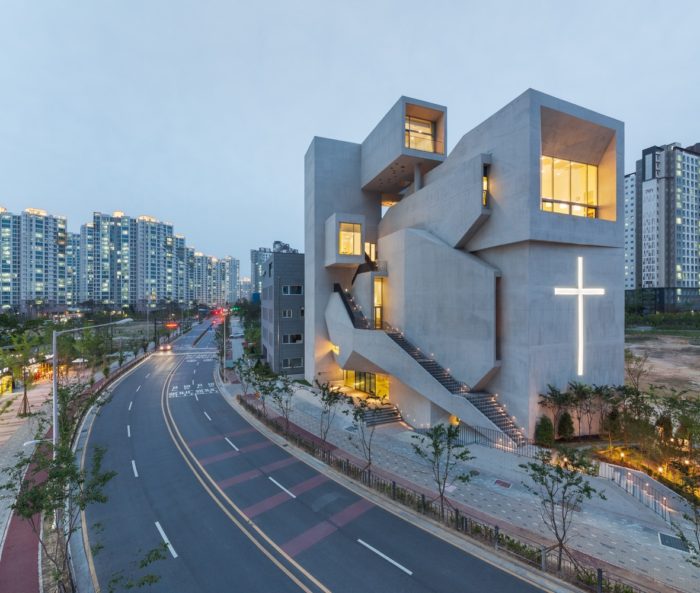
©Kyungsub Shin
Located on a busy intersection in Unyang-dong, Gimpo is the Closest Church. Corner, edge, and vertex are all words that imply the inclusion of many lines or surfaces. The Church’s façade is broken in two by two opposing elements at the site’s apex. One is a substantial and shattered concrete, suggested after considering the connection with apartment dwellers. The other is a translucent glass that exposes views of the extensive park and the Church’s worship activities.
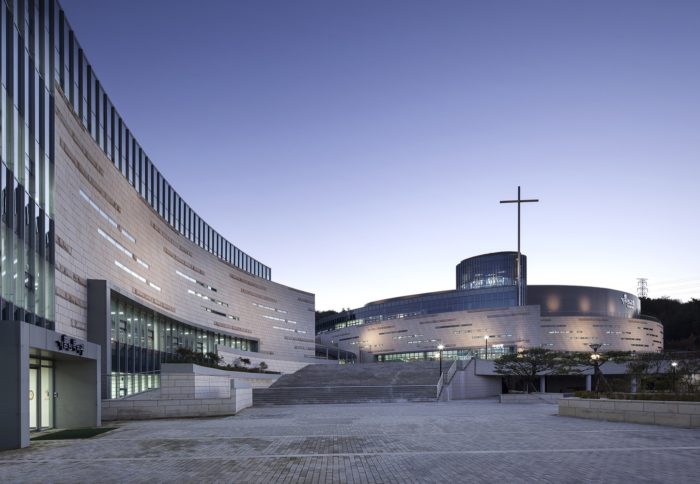
©Seung-Hoon Yum
Joyful Church commissioned Beck to design a new building to accommodate the congregation’s expanding Sunday services, religious education classes, and weekday social service initiatives. The Church’s architects wanted to create a structure that fused Christian symbolism with elements from Korean culture and vice versa. The land covered 10 acres in Pohang’s new town district. Several obstacles to development on this plot of land, such as the steep, forested hillsides and restrictive zoning regulations.
4) Saemoonan Church / Seoinn Design Group + Lee Eunseok
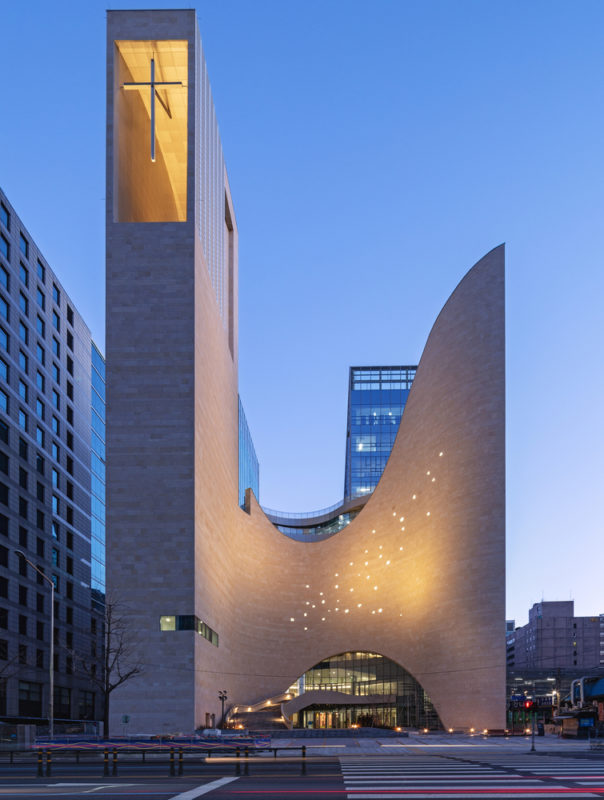
©Juneyoung Lim
Saemoonan Church suggested four different tenets to follow when building a church. First, it has deep historical roots as the prototypical Protestant South Korean Churches. Second, the heavenly significance of open portals. Thirdly, Christ as light has spatial implications. Fourth, a water setting is presented to symbolize both unity and baptism.
Therefore, the architects reworked the concepts of God and neighbor love to incorporate them into the structure. Publicness was represented by the building’s outward appearance and layout effect revealed in the city’s heart. The qualities of Loving Neighbors were expressed through the use and symbolism of the space.
5) Immanuel Church / Kim Seunghoy (Seoul National University) + KYWC Architects
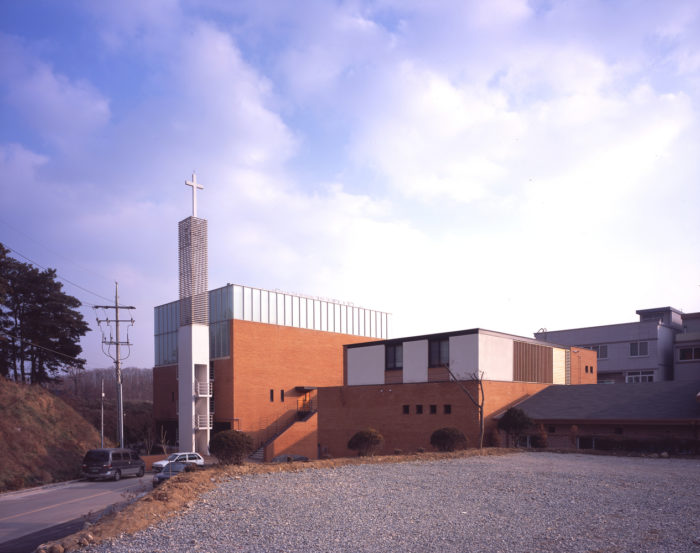
©Kang Ilmin, Kim Jongoh
Streets dominated by cars, stars shining brightly… There is nothing absolute or magnificent about modern Cheongju. There’s not enough room to become lost in thought on the way to salvation. Nevertheless, seeing a new church built while faithful people gather for early morning worship feels exceptional.
The scene is a demonstration of faith sprouting from the fetishistic ground. The Immanuel Church sits on the corner of the revitalized Cheongju neighborhood. Buildings in the region are plastered with brightly colored signs, as is typical in recently constructed areas. The Church, then, faces the difficulty of making its presence felt subtly and dignifiedly.
6) Woori Vision Church / Oh Jongsang
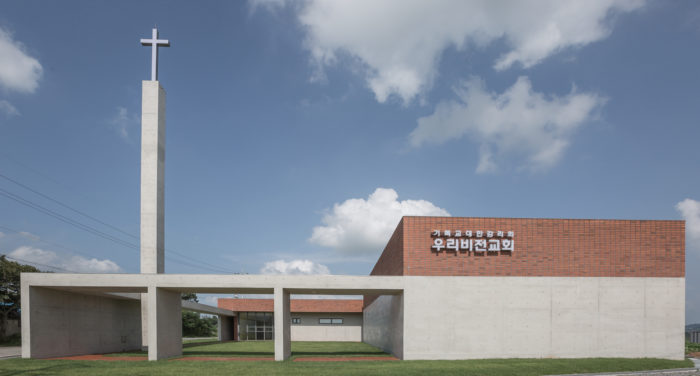
©Oh Jongsang
The architect decided on a course of action after repeatedly crashing the design they were working on on the computer. On a large plot, he erected a connected, open frame. This wide entryway leads straight into the sanctuary for spiritual renewal. This open structure also functions as a gate that can be opened in any direction.
This gate was designed as an architectural element to extend hospitality to the surrounding community.
In place of the usual passive glass entrance, the large gate revealing a pleasant yard will serve as a more expressive means of interaction.
There is a cross tower on one side of the open framework. The Church’s signature cross tower acts as an identifying feature and a balancing element in the building’s design. The cross tower acts as a balancing element between the tall chapel and the shorter open frame.
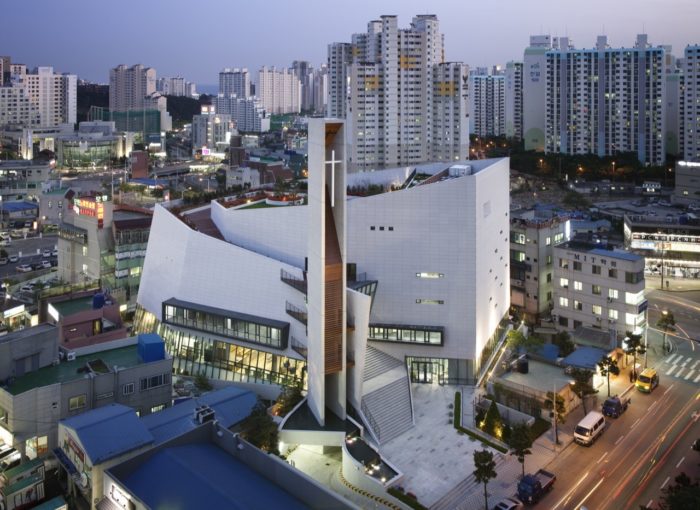
©Namgoong Sun
Silvery waves crashing on Haeundae Beach reflect the vibrant spirit of the local culture and the beach itself. The property is in a lively public area, easily accessible from nearby churches and markets. It is constructed by primary streets that evolved due to urban planning and roads that grew organically over time, with the two types of roadways penetrating each other.
8) Gwangju Dongmyeong Church / Seoinn Design Group
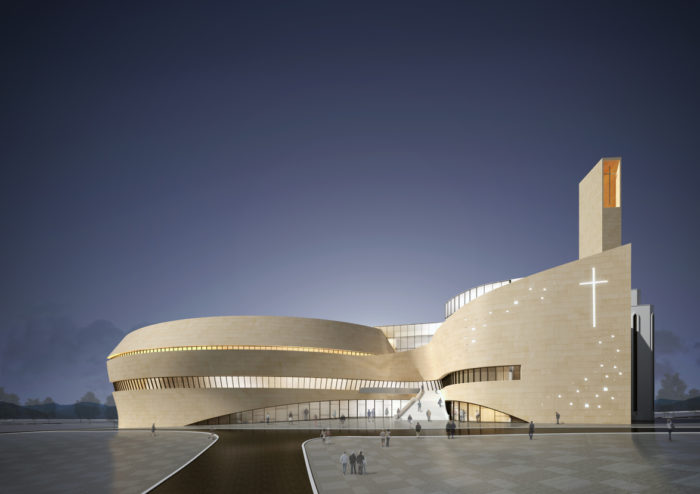
©Seoinn Design Group
Like several others on the list, this speculative design abandons the traditional church design in favor of cleaner modern architecture. The spire is a square block containing a cross. An uninterrupted strip of windows runs the length of the structure, and the entire façade is covered in shiny white tiles.
9) JA Curve Church / ZIP Partners Architecture
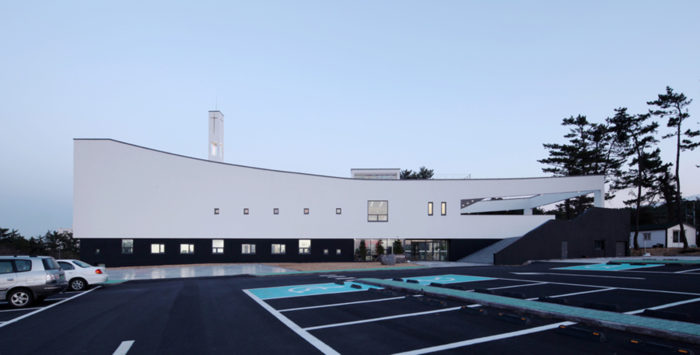
©Choi Hyuk-jae
One of South Korea’s most picturesque islands is home to JA Curve Church, also among the great South Korean Churches. Pine forests and citrus orchards surround the spot on the borders of Jeju Island. The site is ideal for a church because of its sensational surroundings and easy access to other parts of the city. The concept implements a creative layout that blends in with its natural environment.
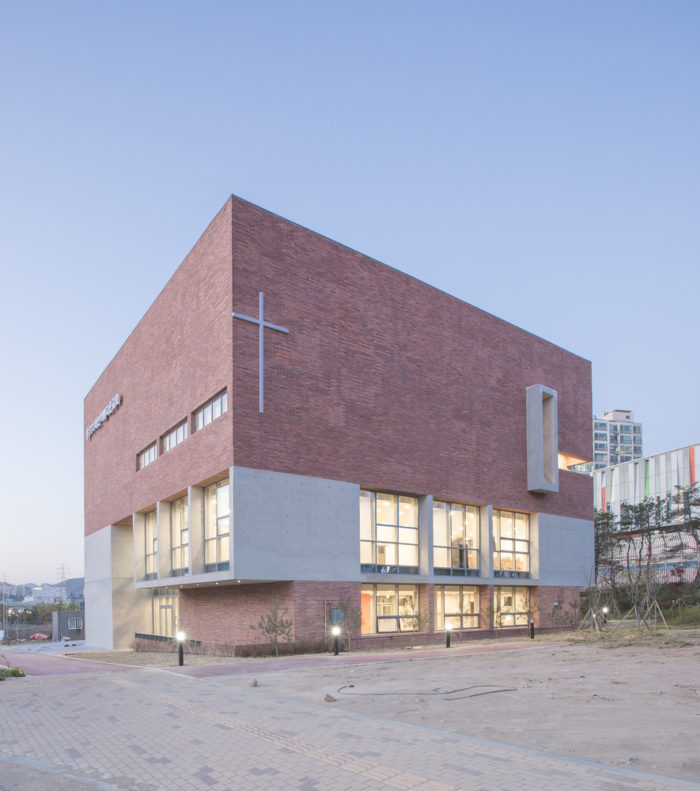
©Oh Jongsang
Small residential neighborhoods and parks surround the Church. Even if many more modest homes are constructed in the coming years, the Church’s magnitude will still make it appear overwhelming. Clean BOX was created with inexpensive concrete and pleasant bricks. The tower used in the crucifixion was deported. A cafe with outdoor seating was set up in the first-floor plaza, protected from the elements by a layer of raised concrete, creating a peaceful spot for worship. Furthermore, the rooftop garden’s expansive lawn provides welcome fresh air in the dense urban setting.
FAQS:
What is the largest Church in South Korea?
The Yoido Full Gospel Church in South Korea is the largest Church in the country, with around 480,000 members.
How many Churches in South Korea ?
In 2012, the government reported 77,000 Protestant churches, which is over three times the number of convenience stores. This equates to roughly one church for every 660 people in Korea.
What are the famous Churches in Korea?
The most well-known and well-recognized churches in Korea are the Myeong-dong Cathedral, the Seoul Anglican Cathedral, the Baeron Holy Ground, the Daeheungdong Catholic Church, and the Ganghwa Anglican Cathedral.




